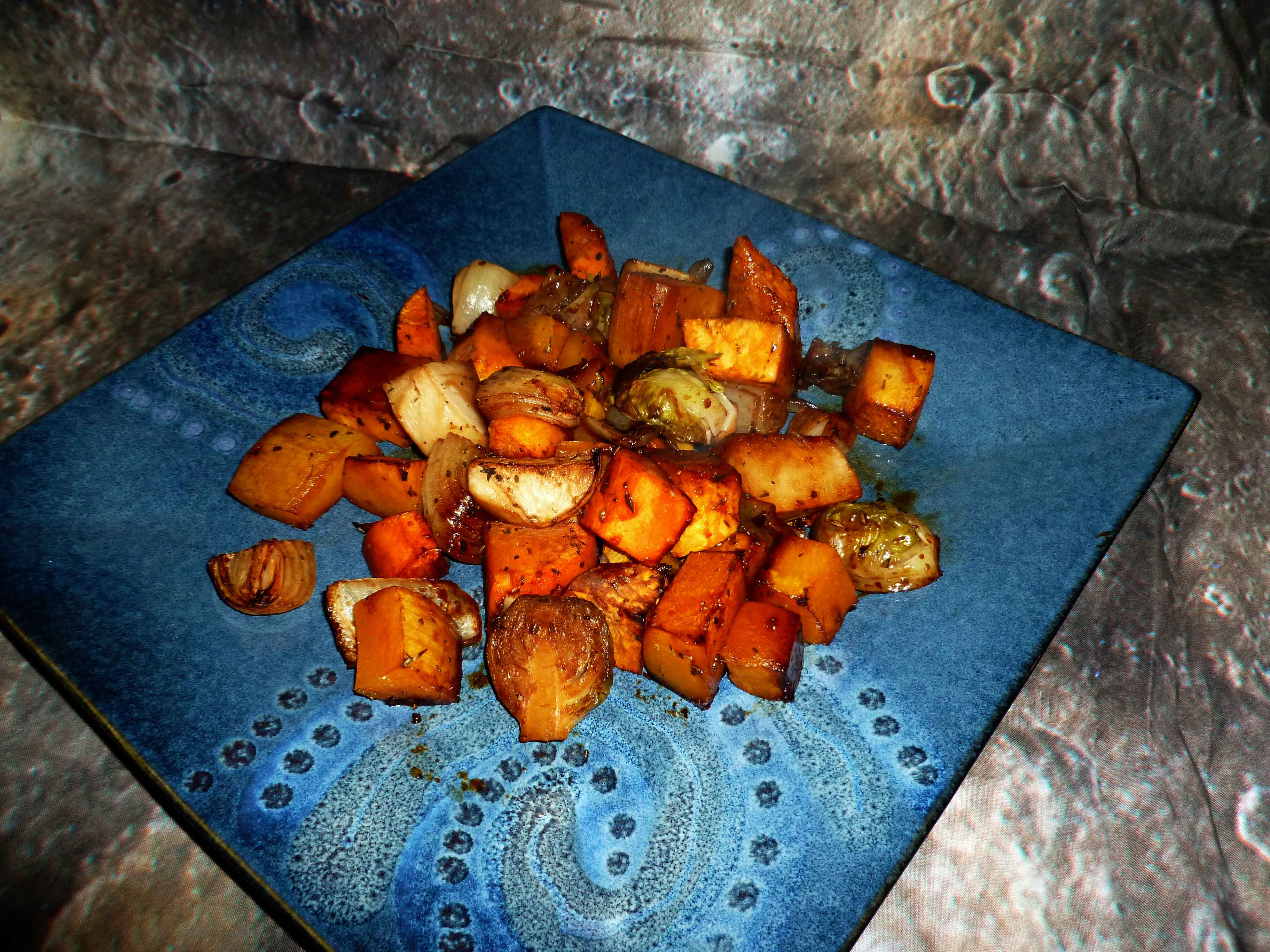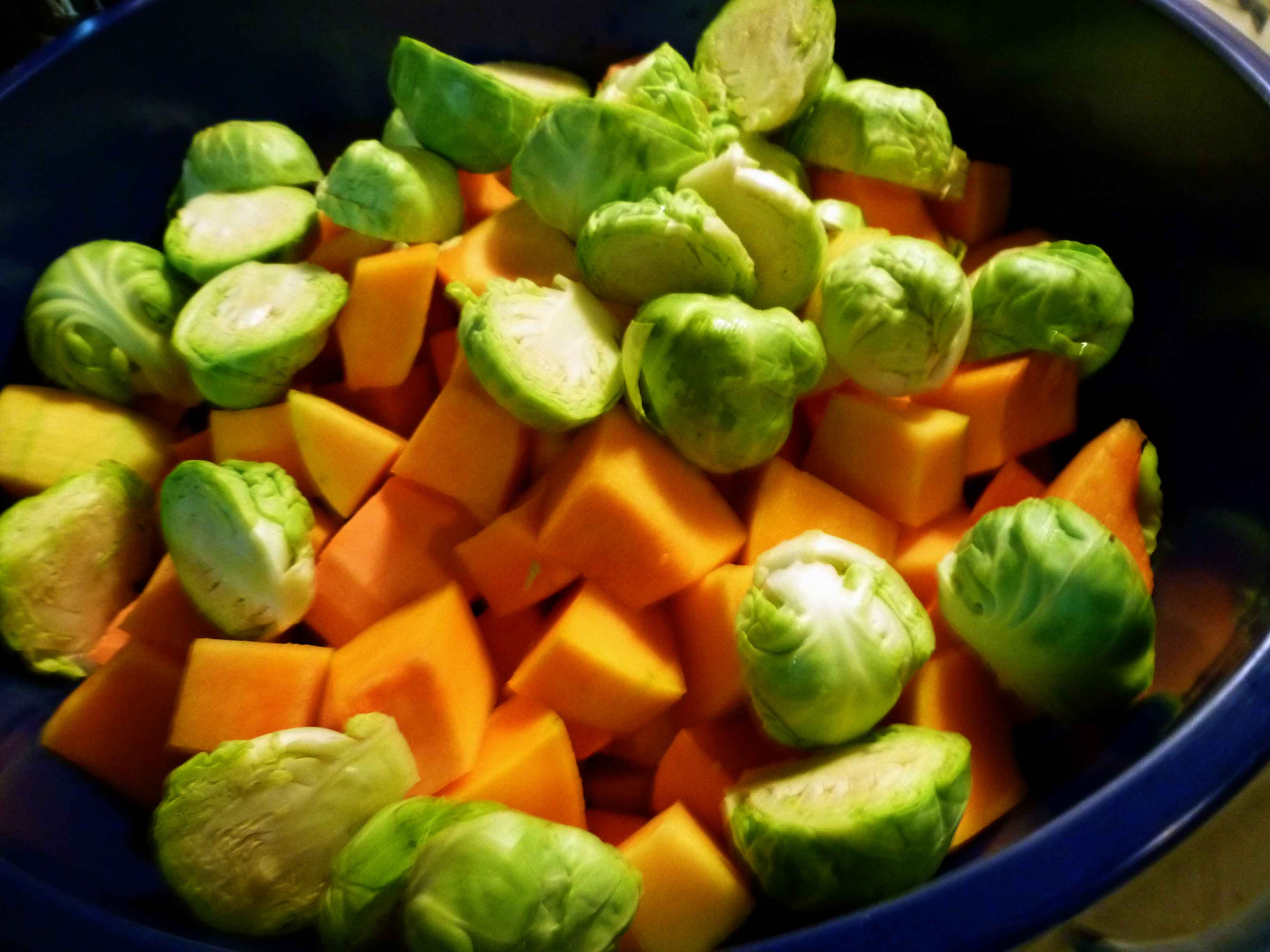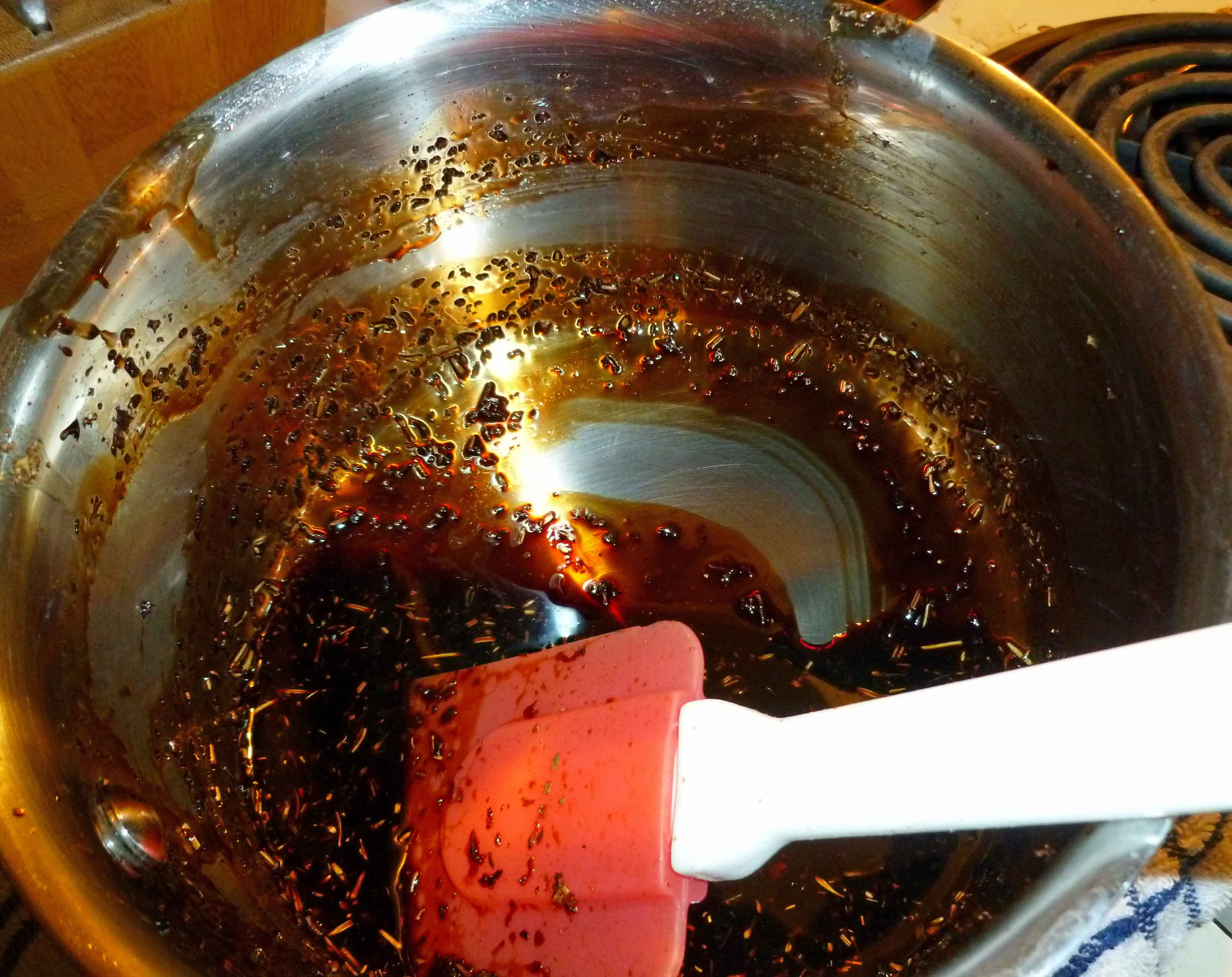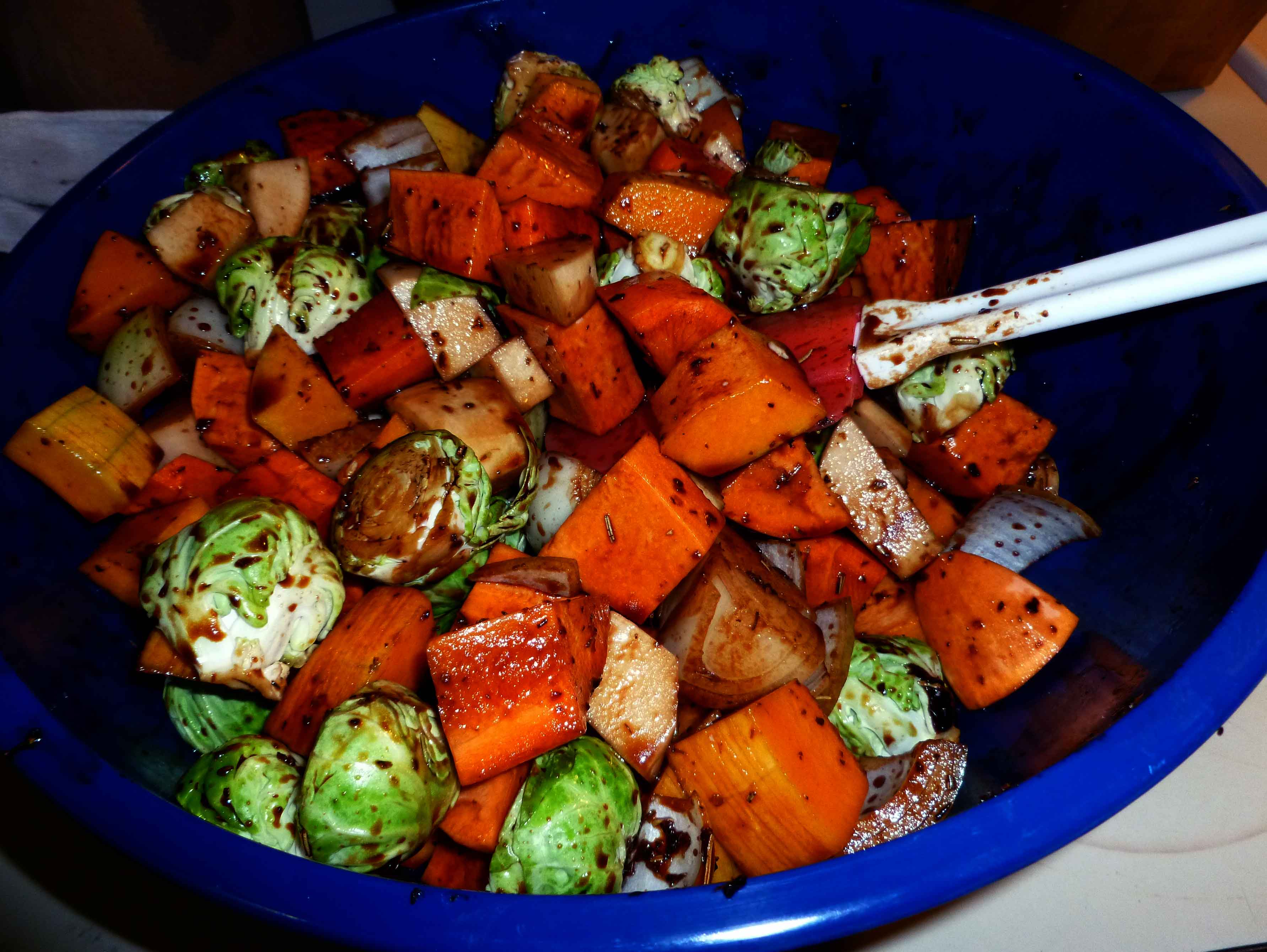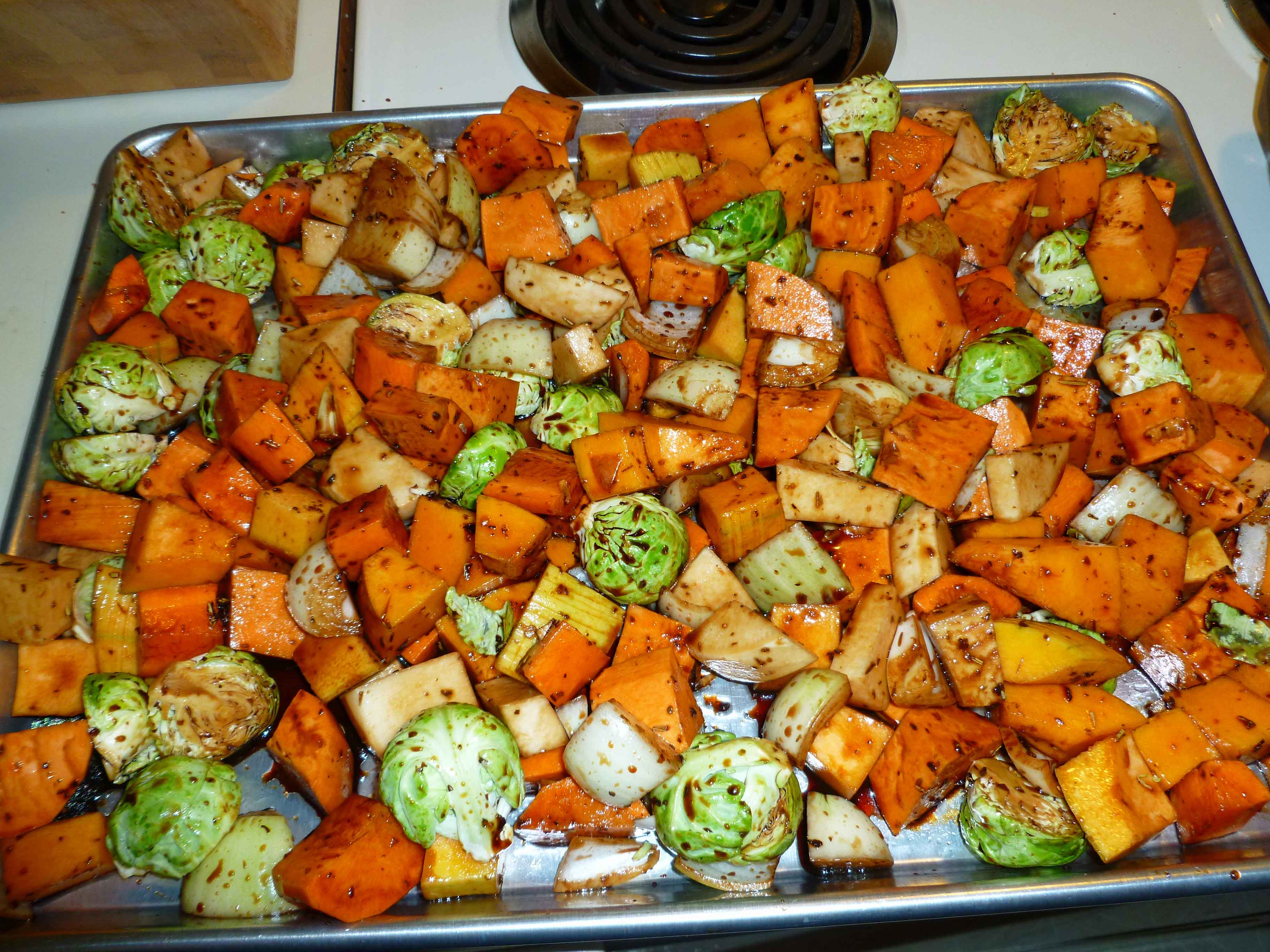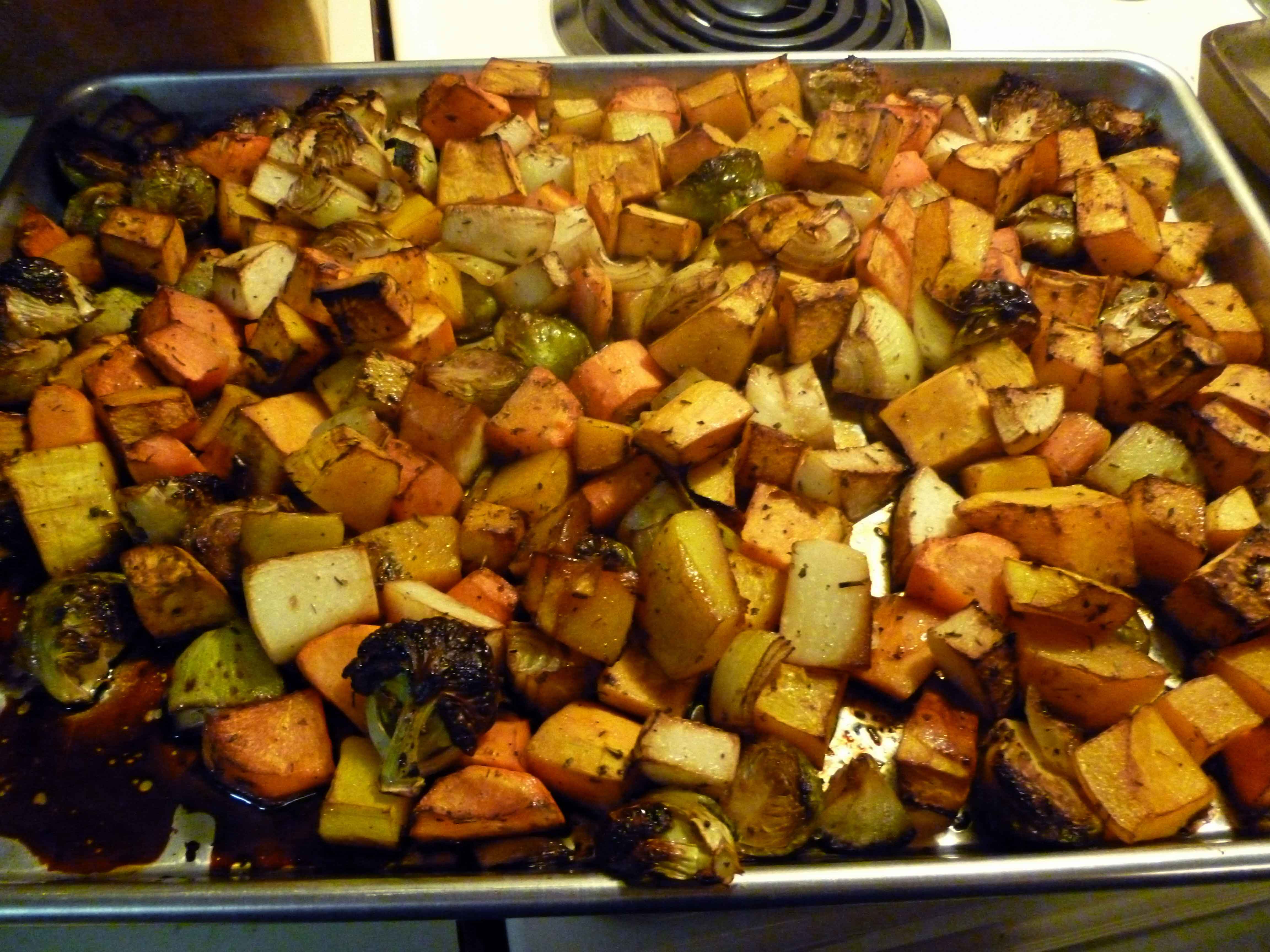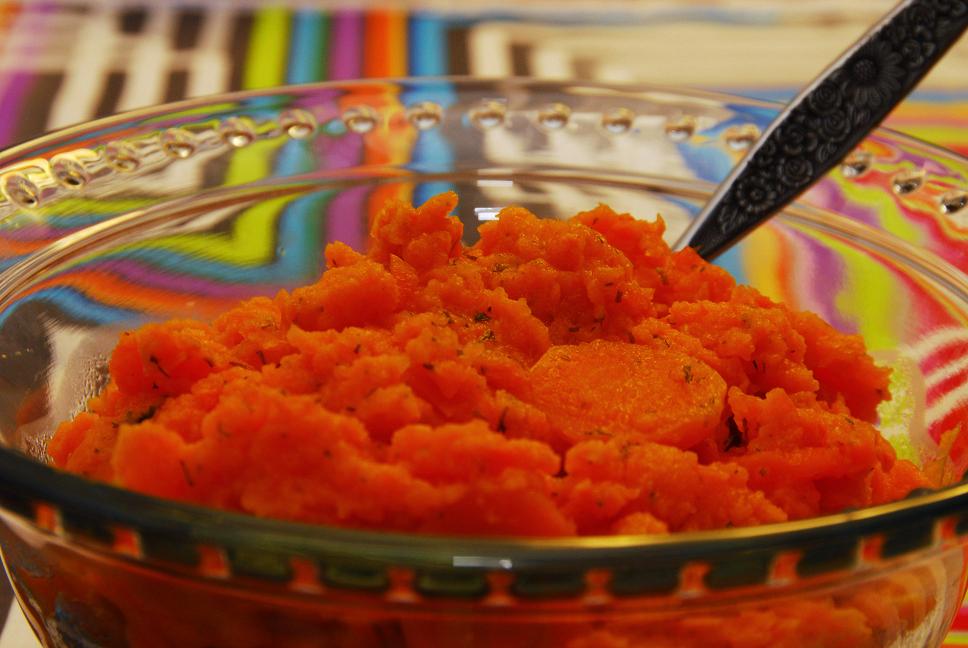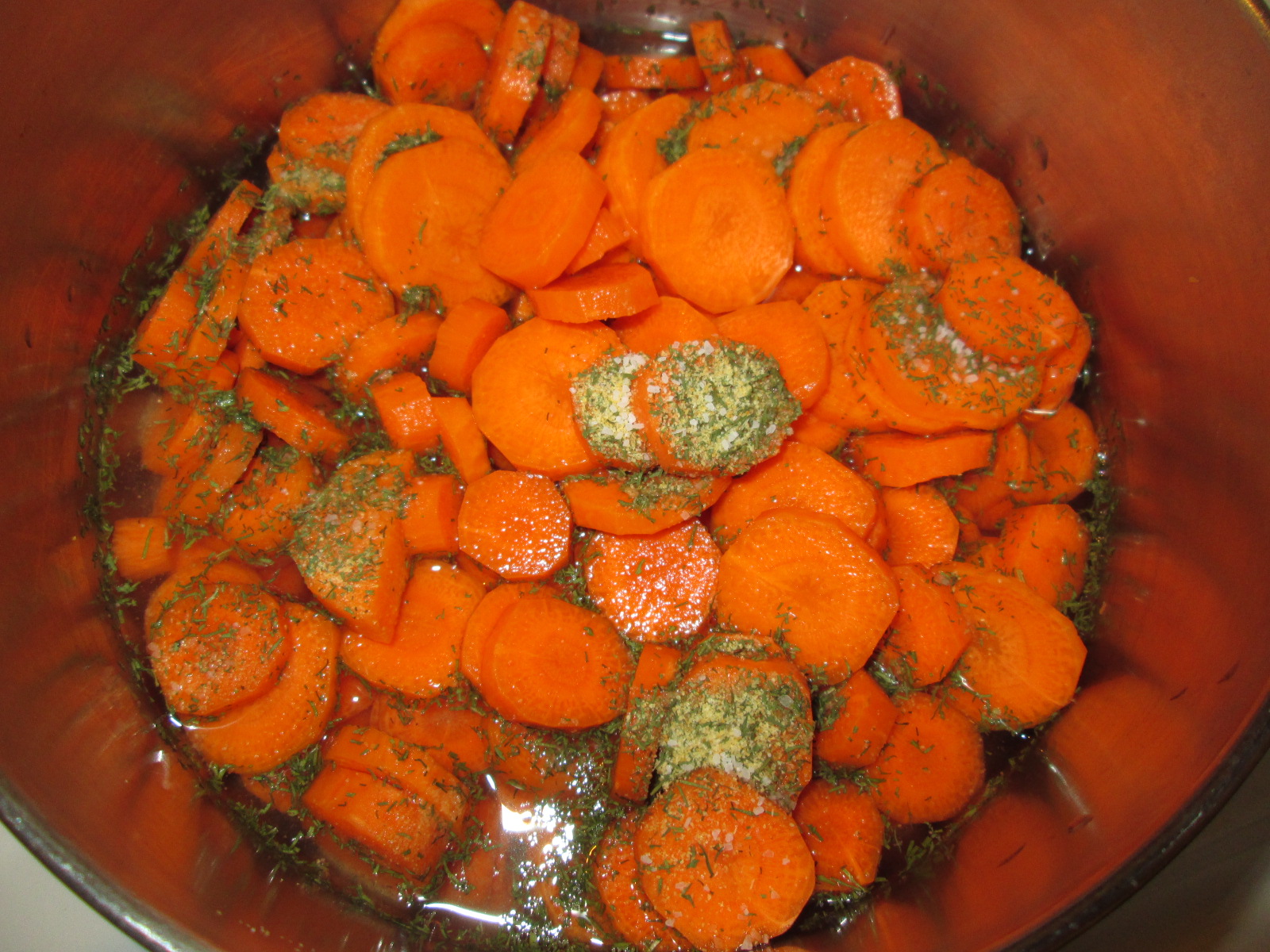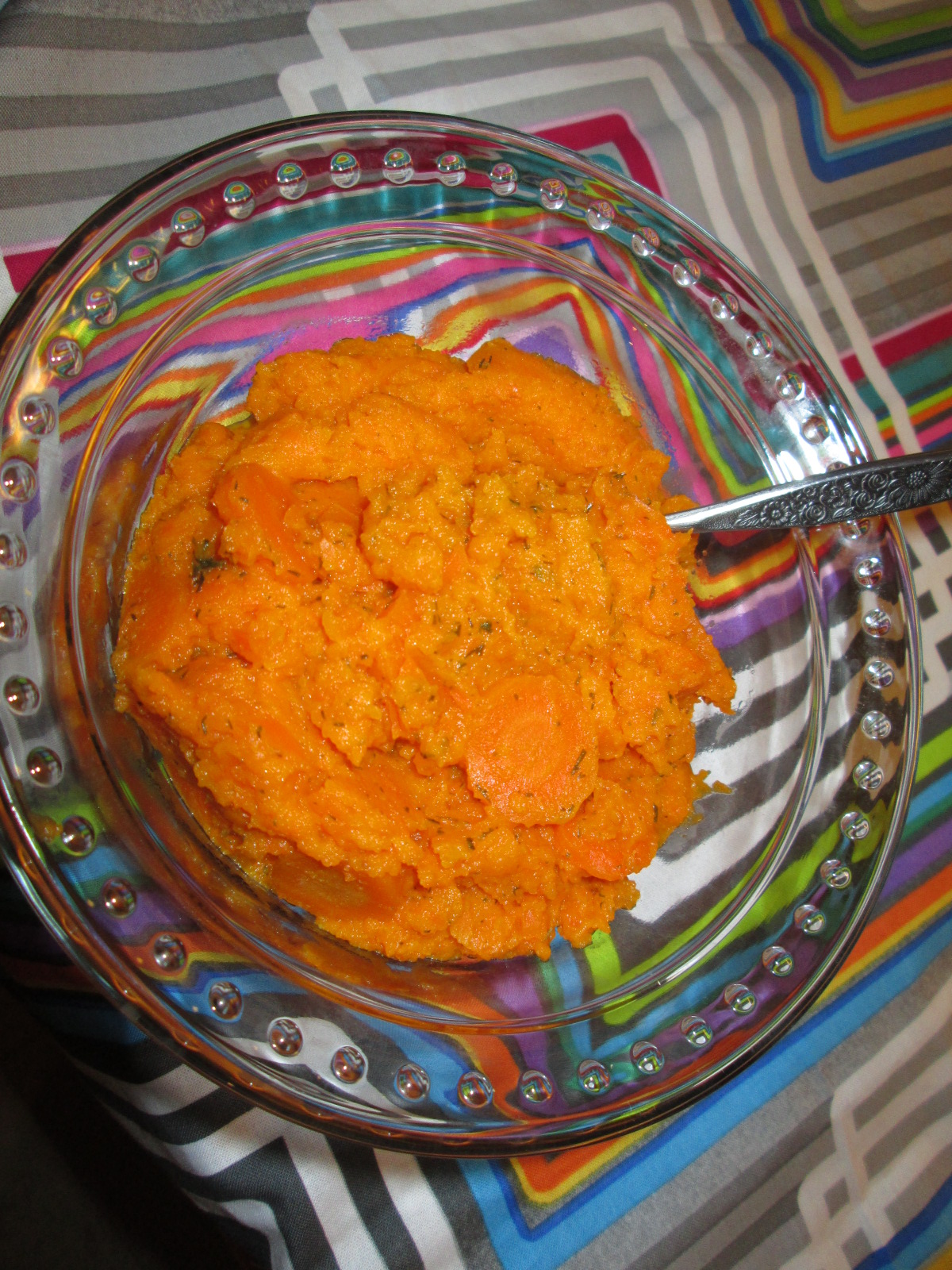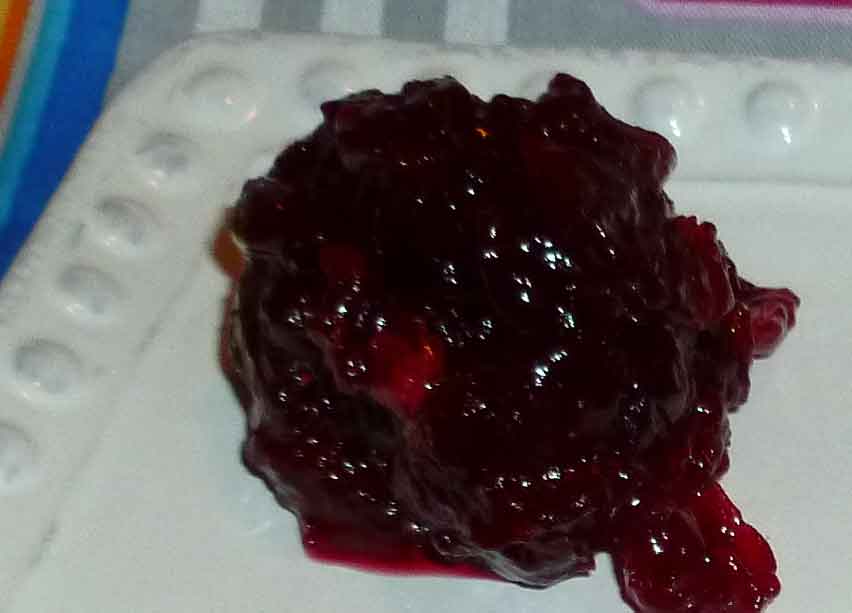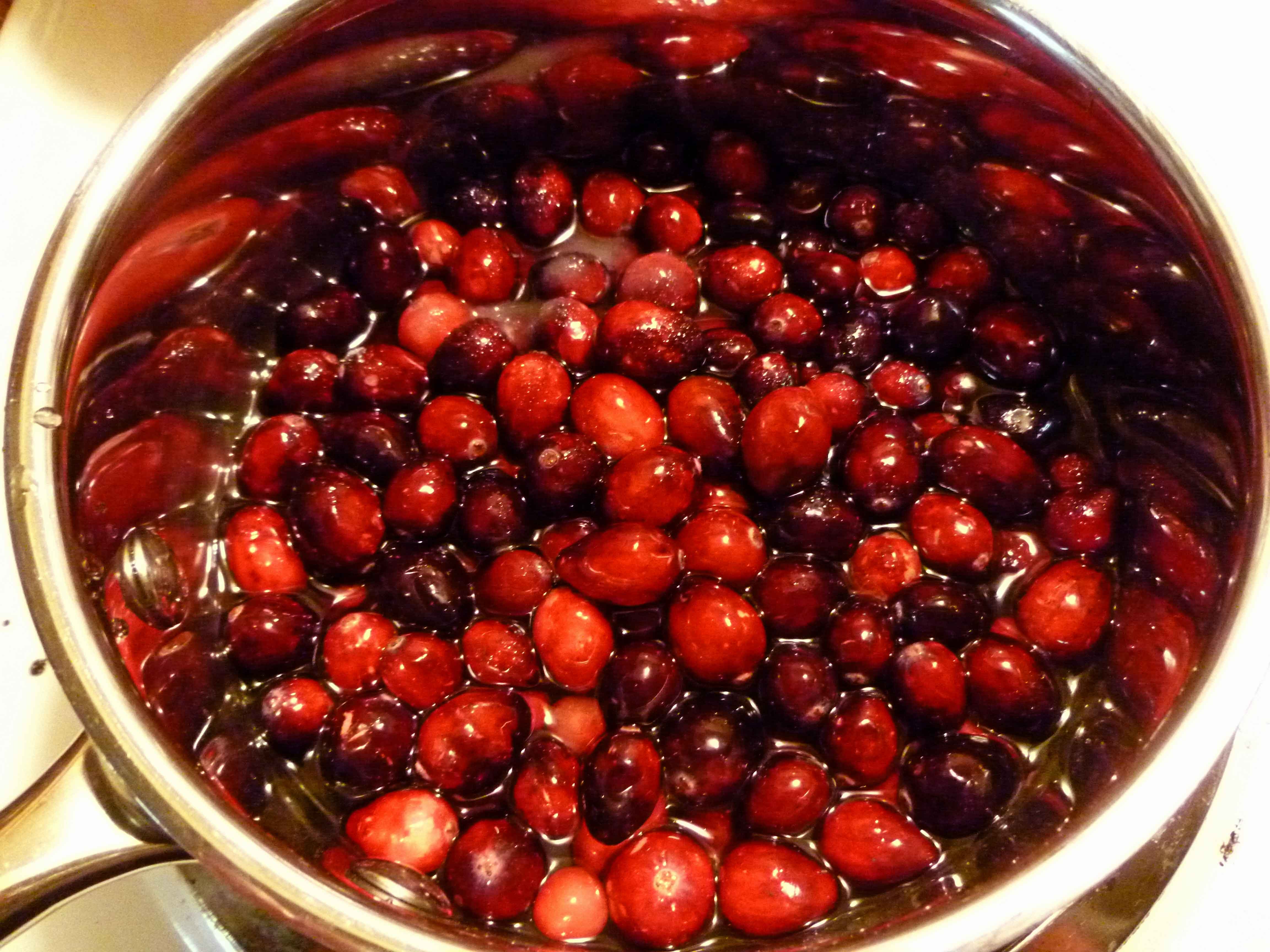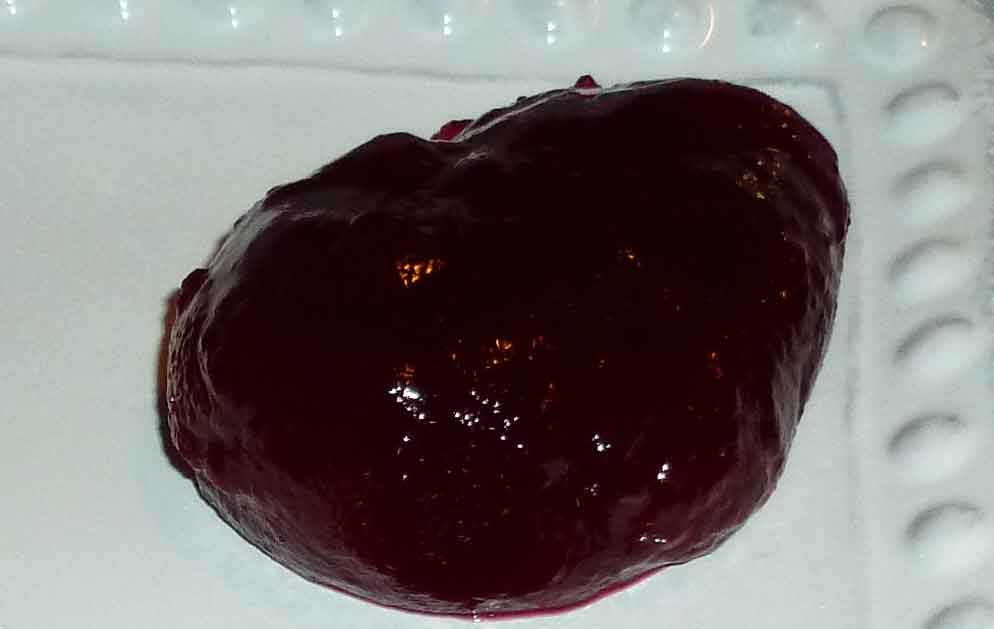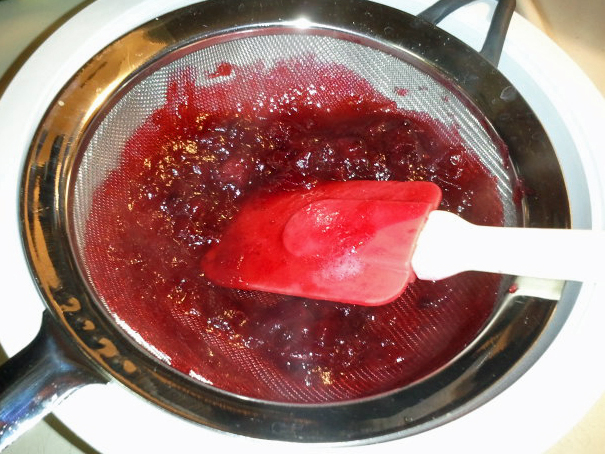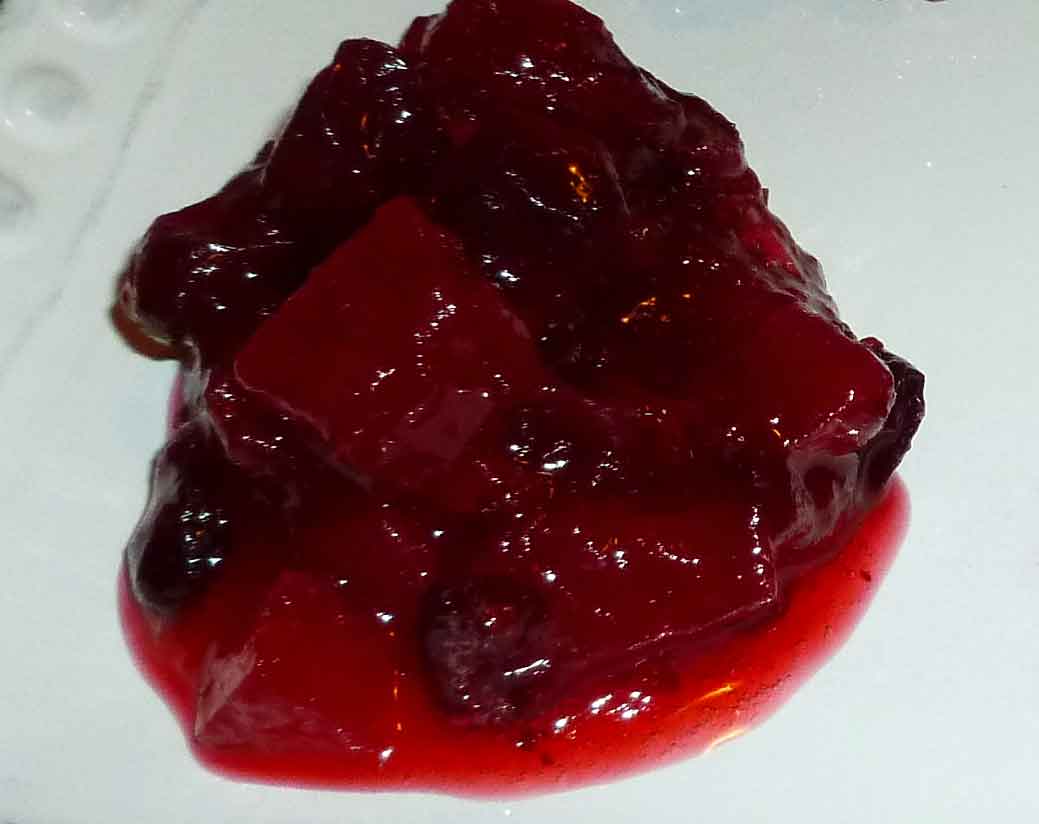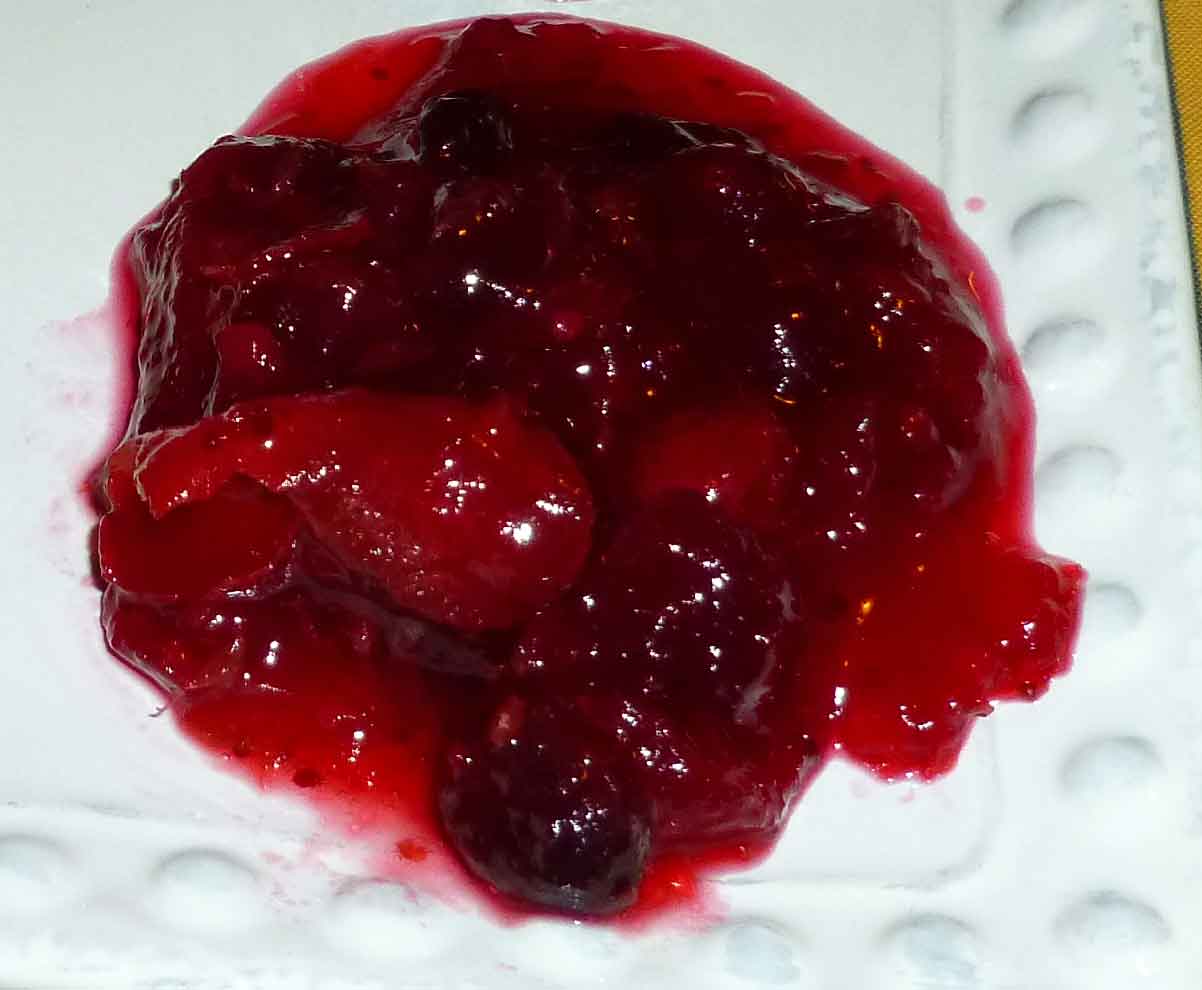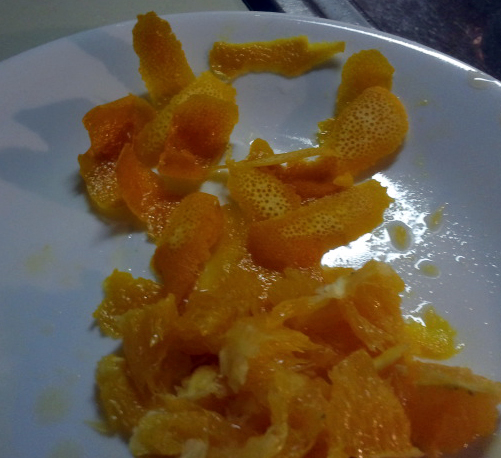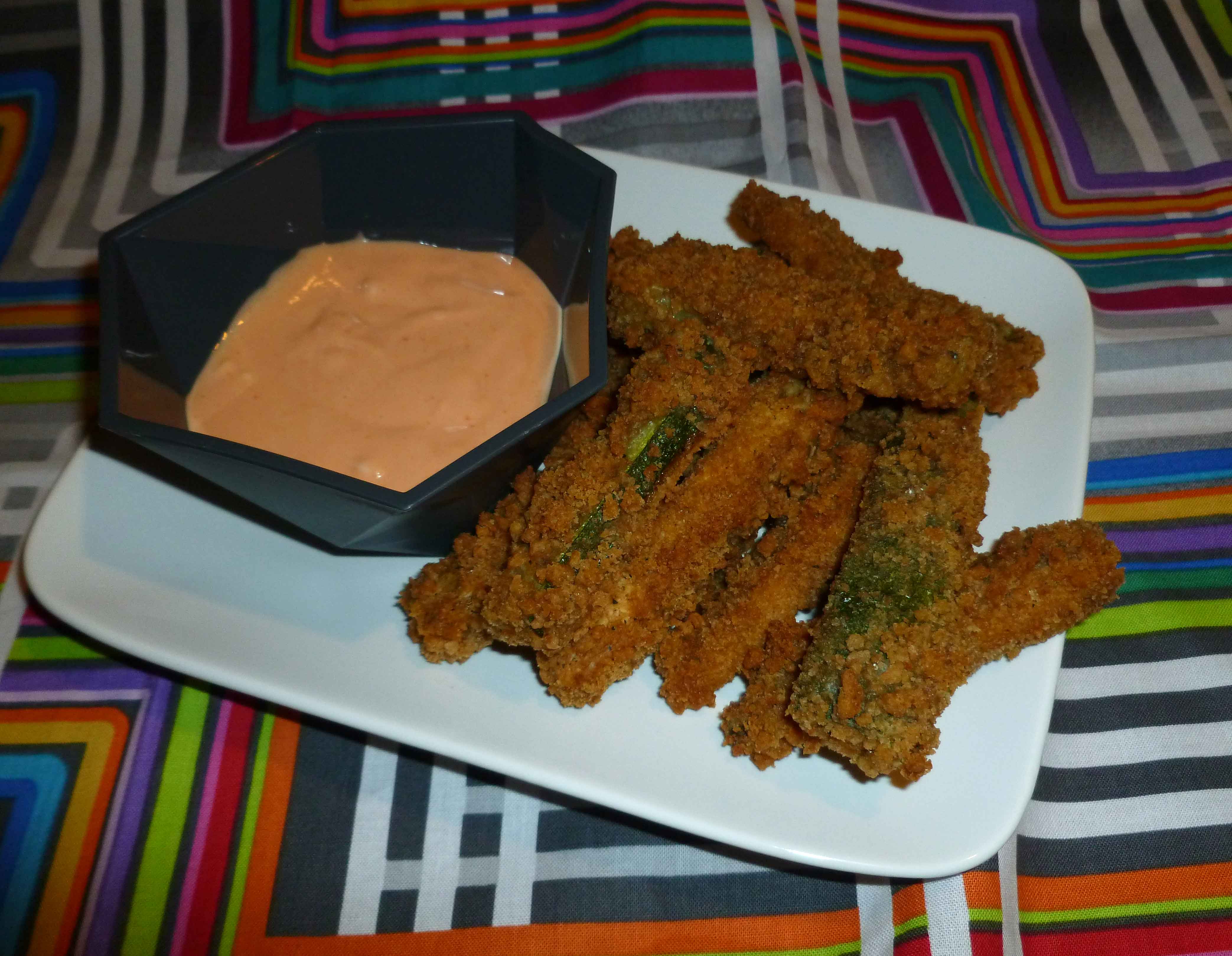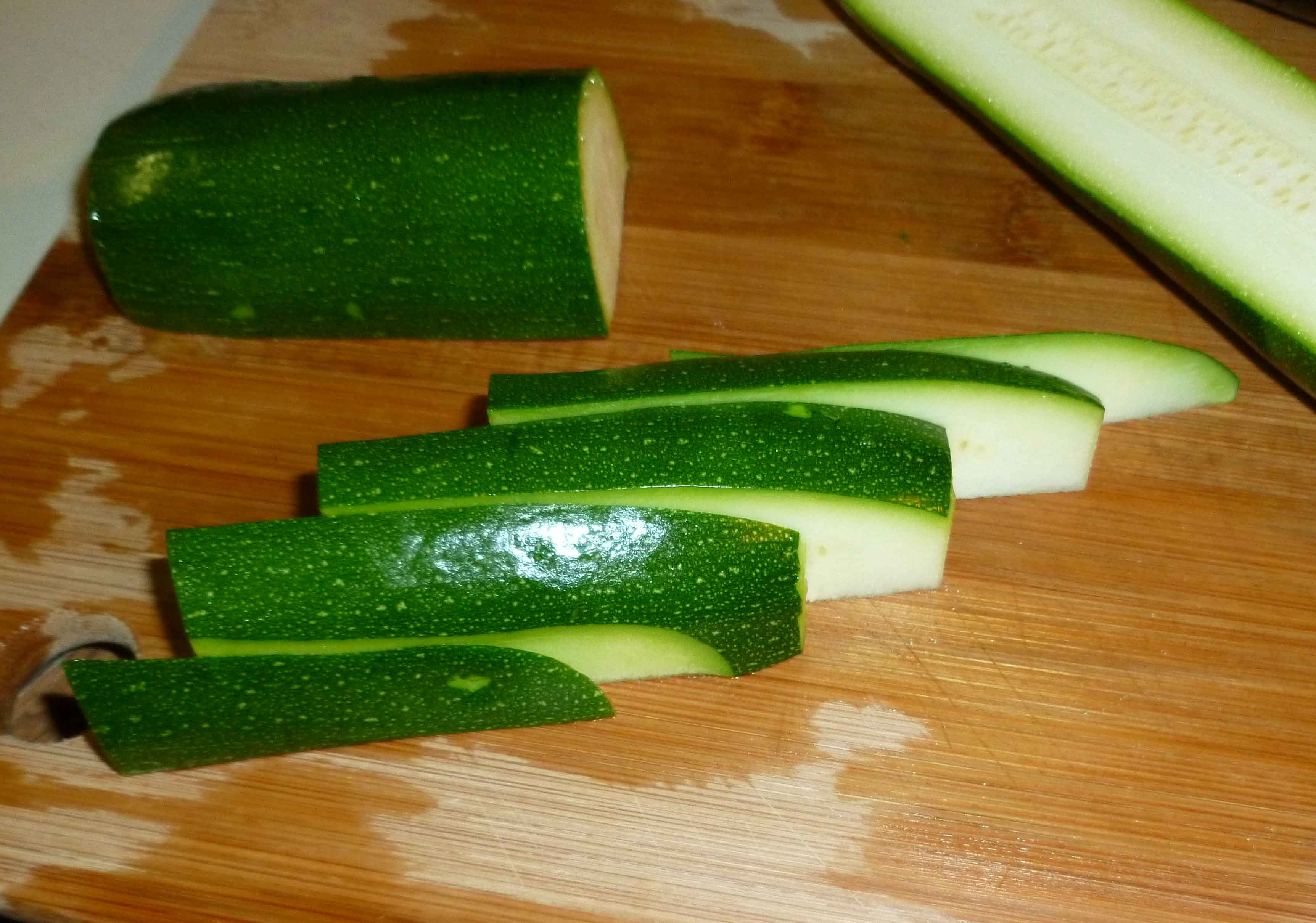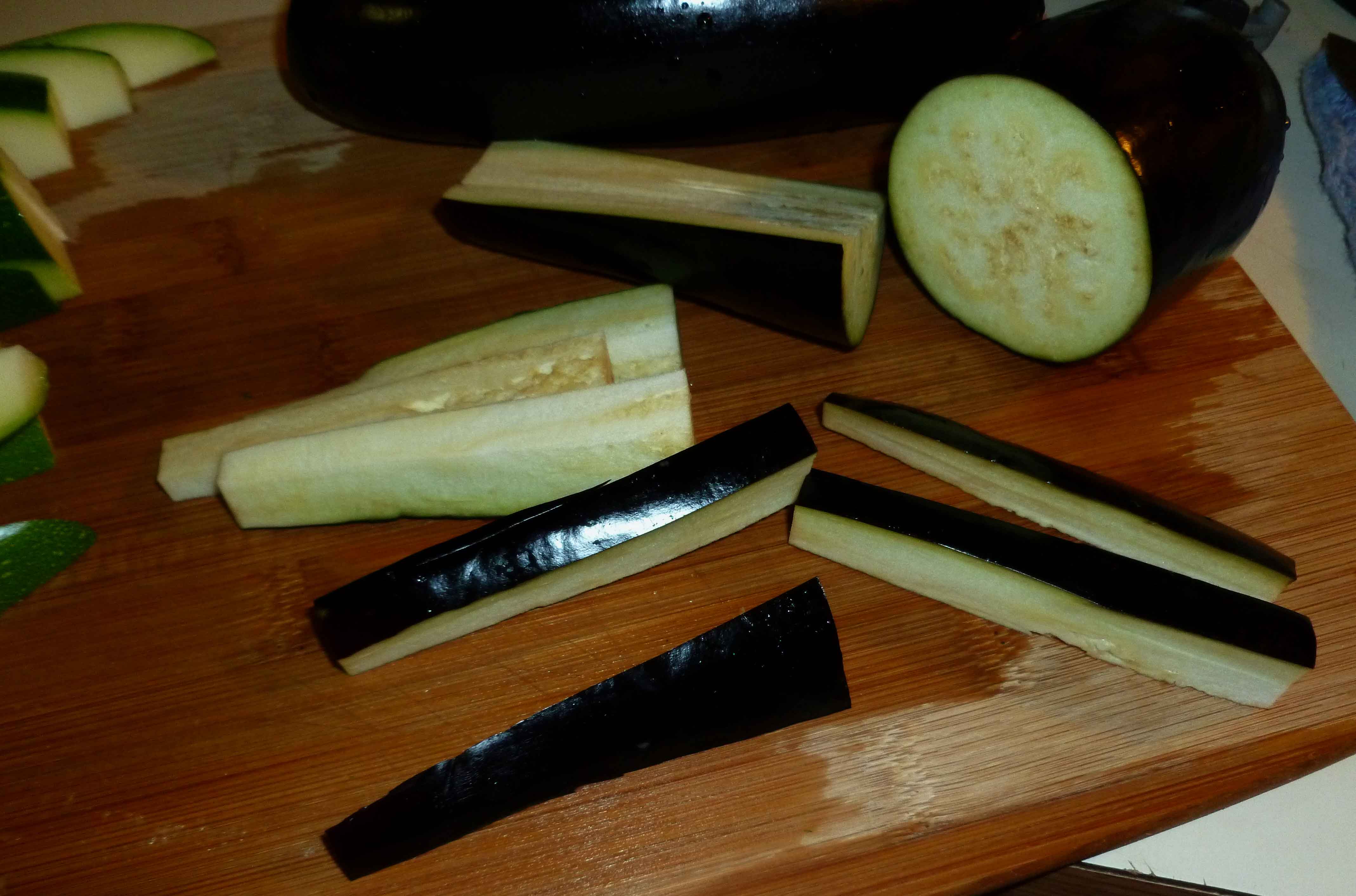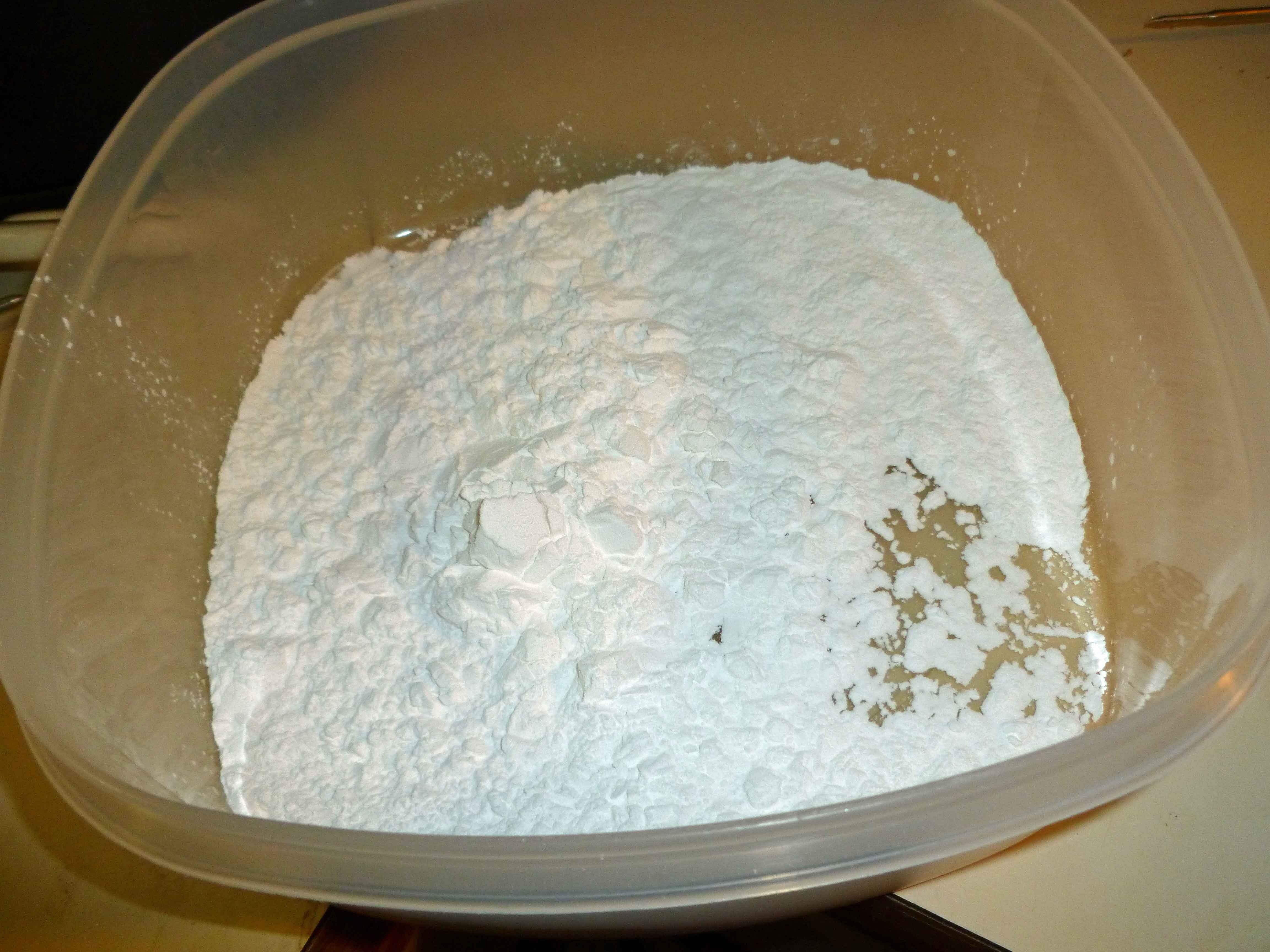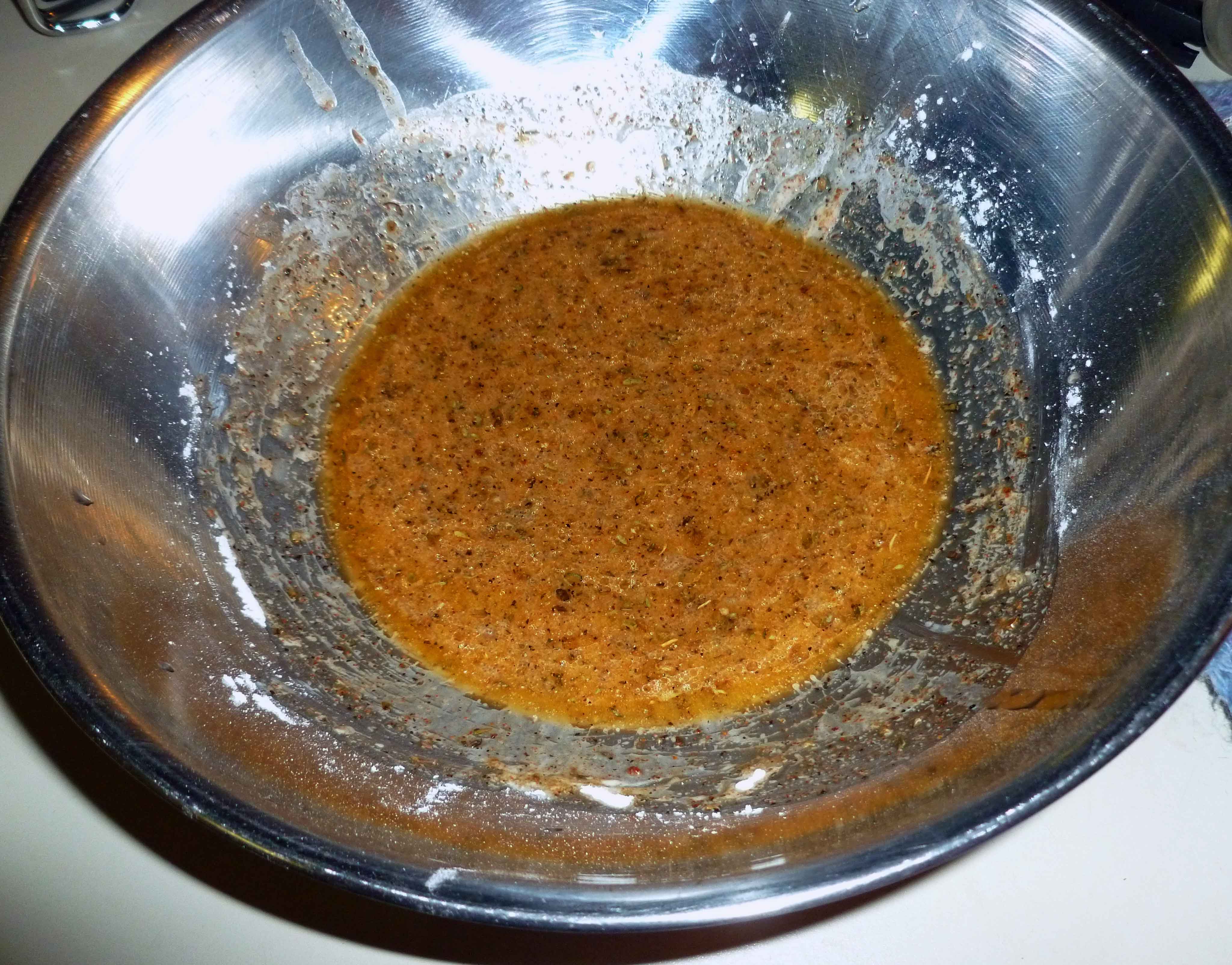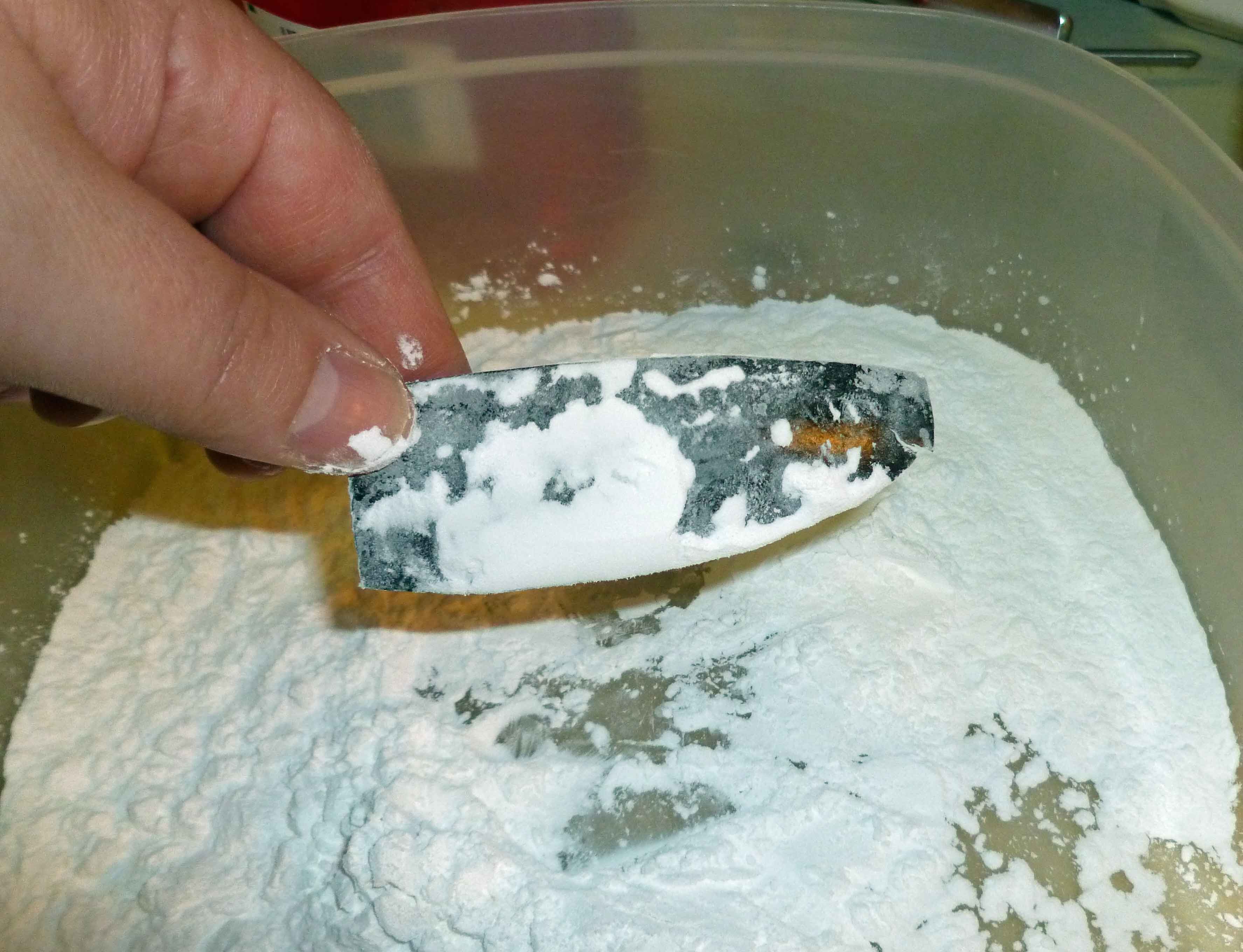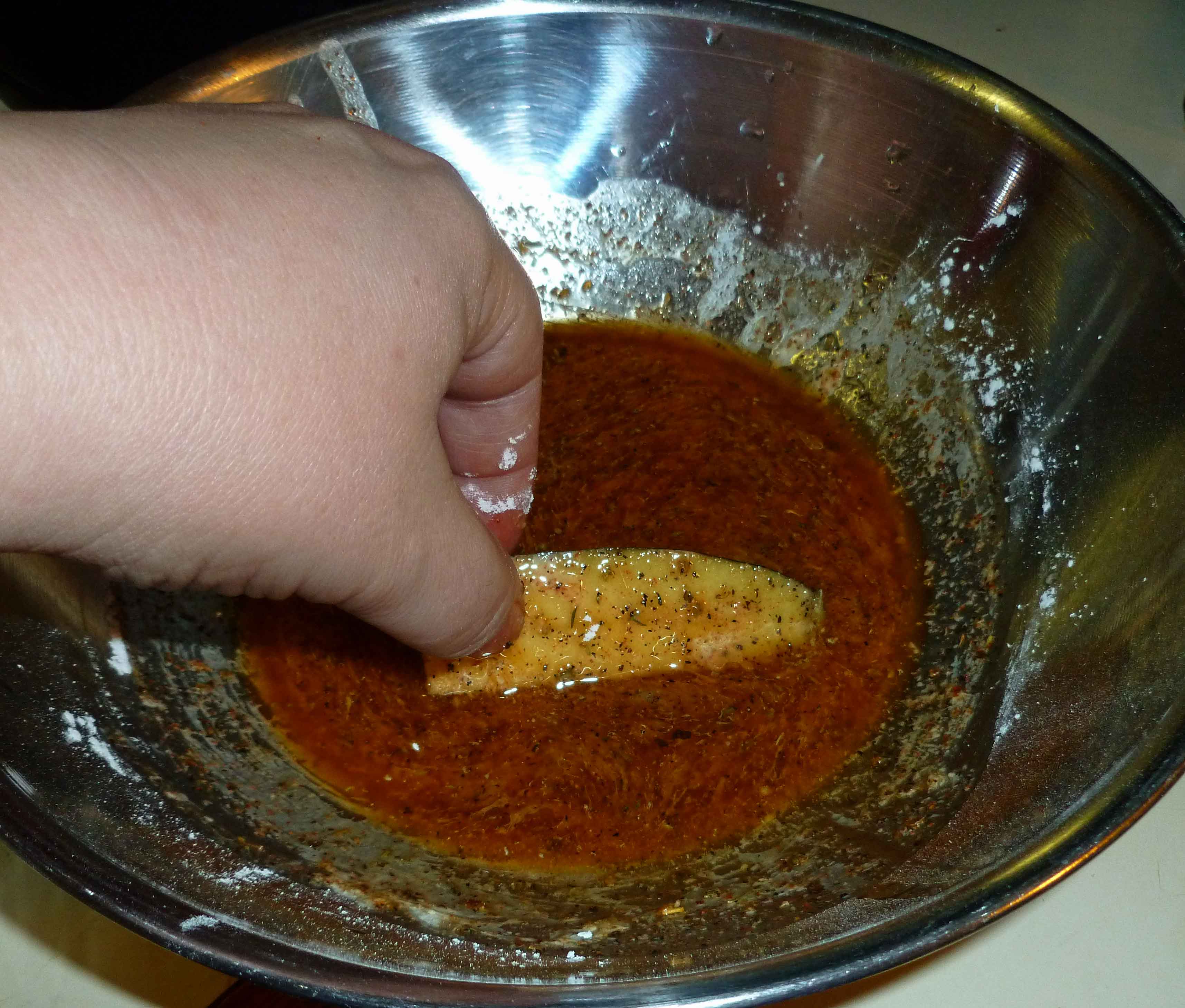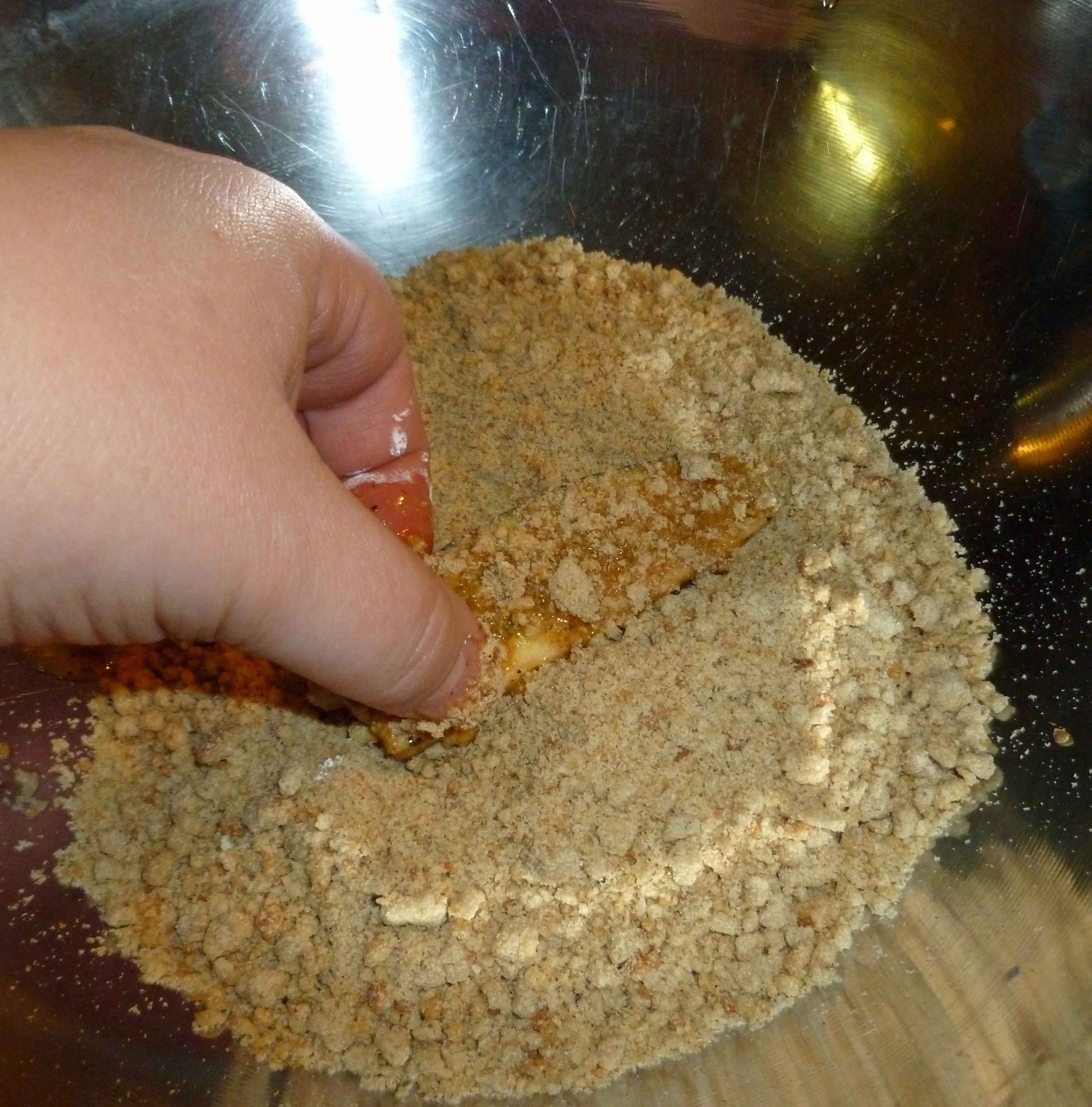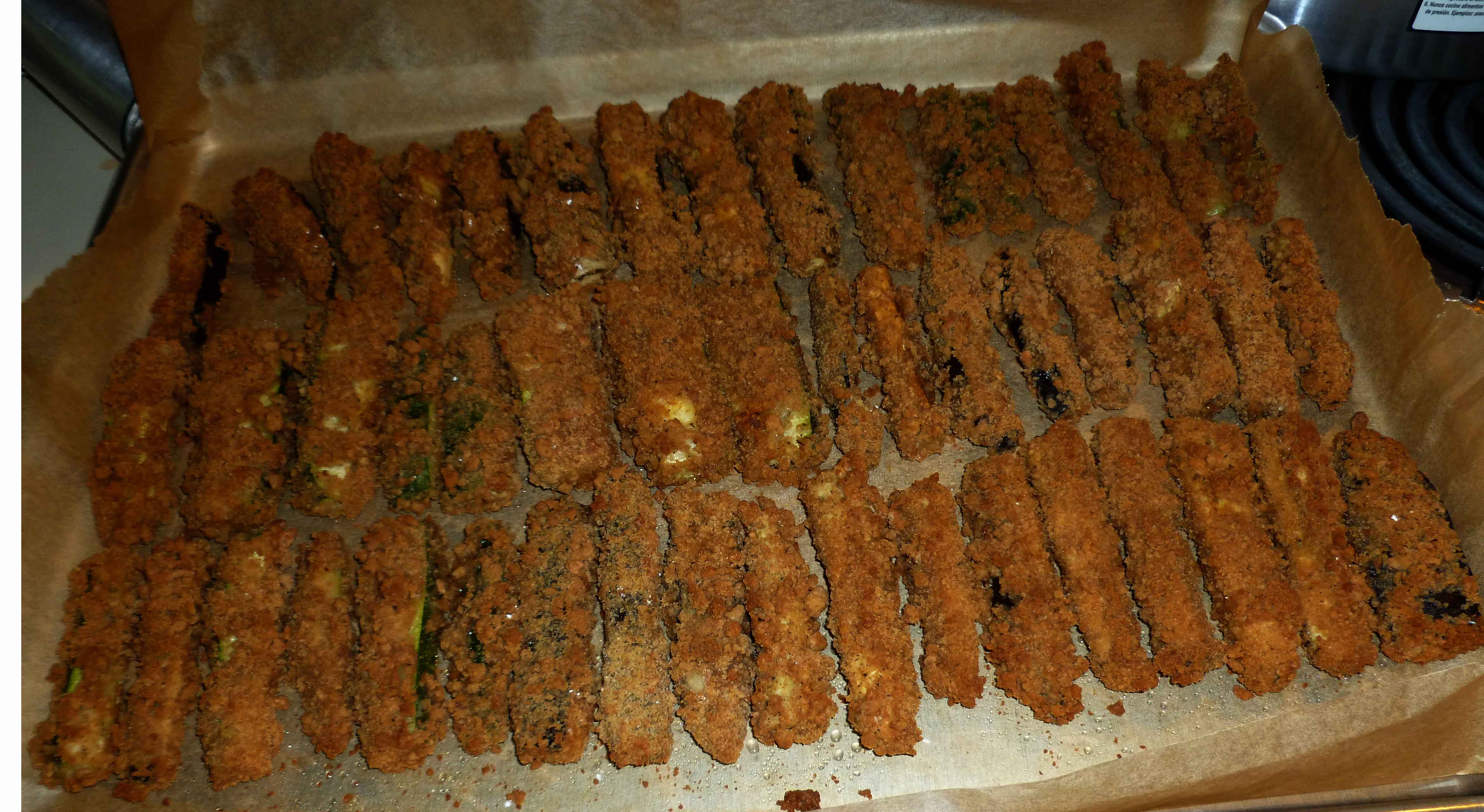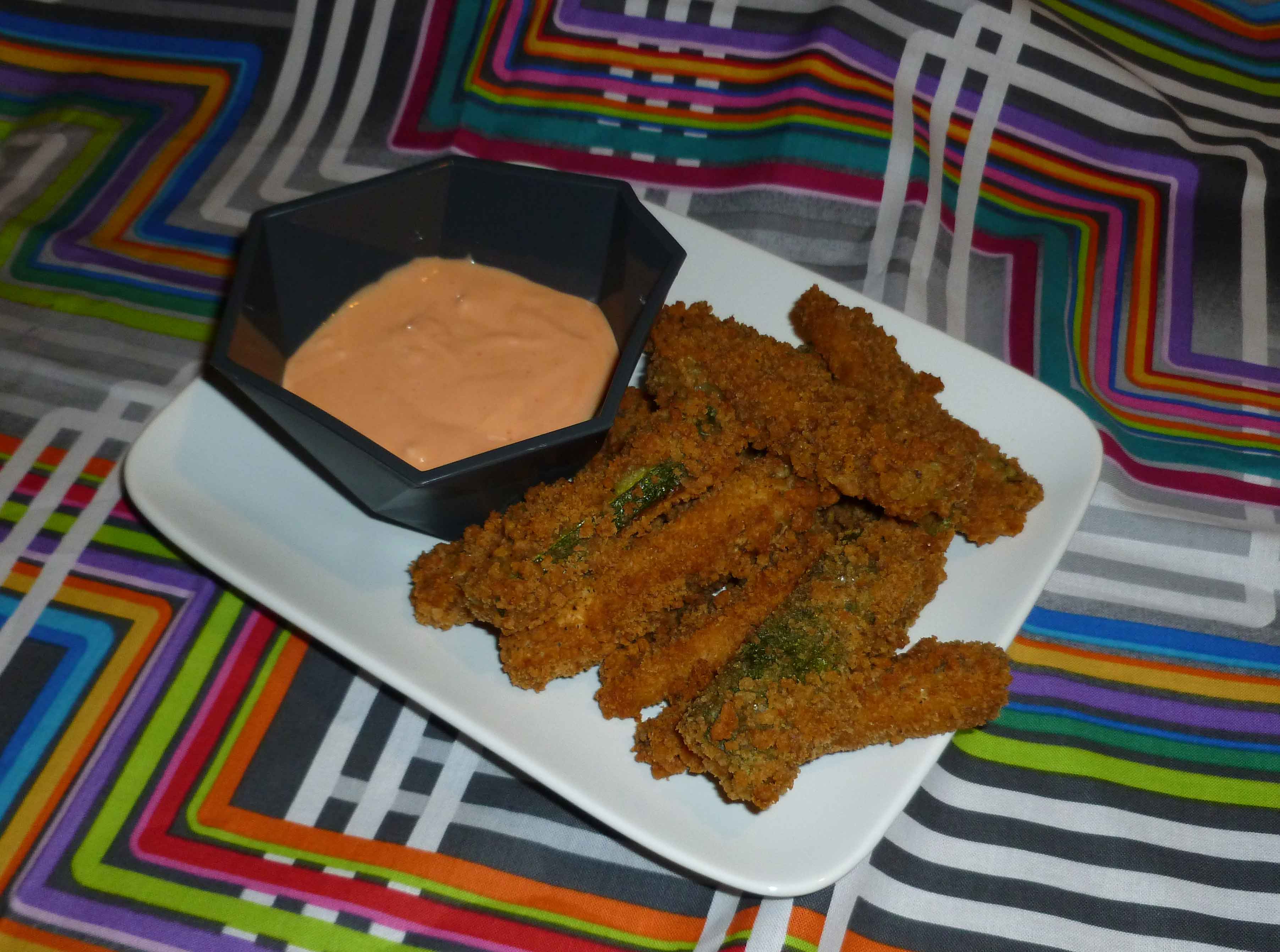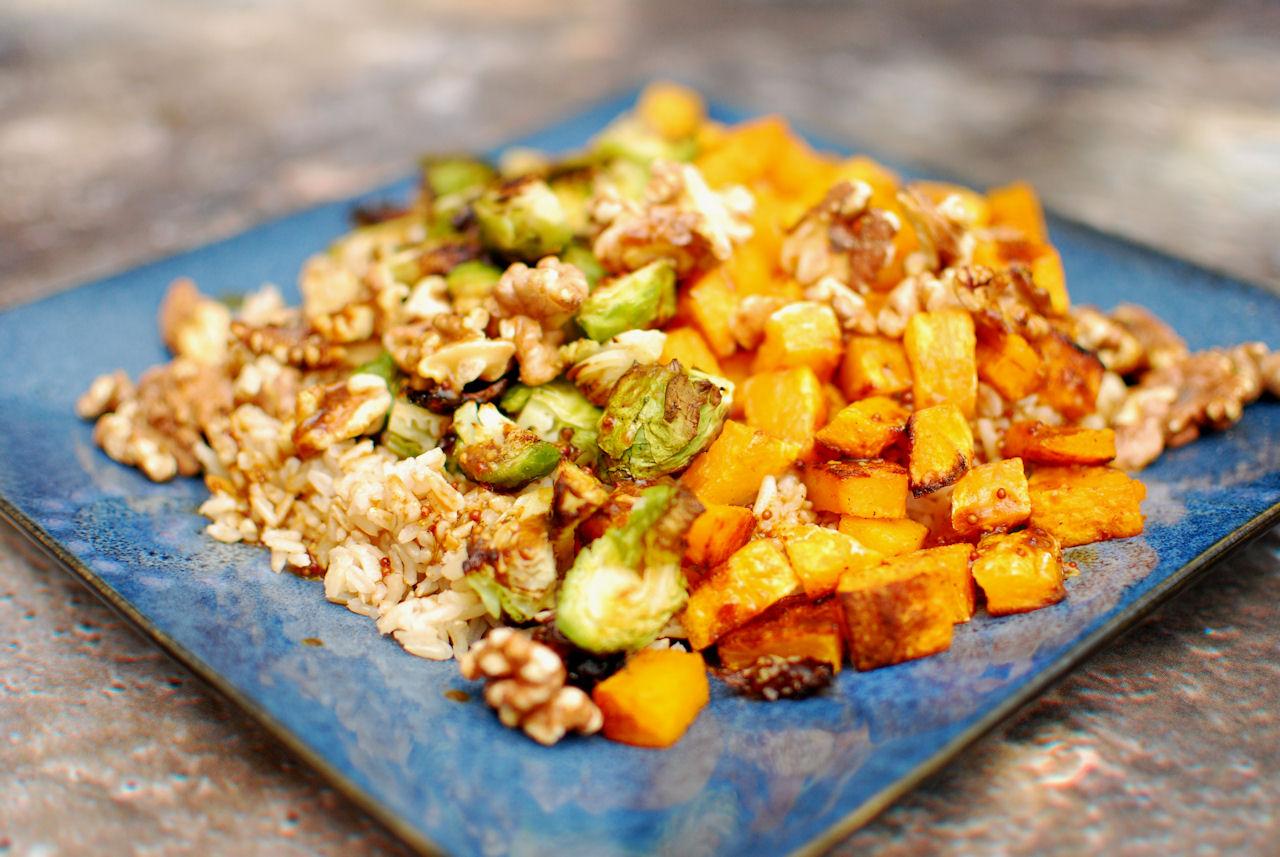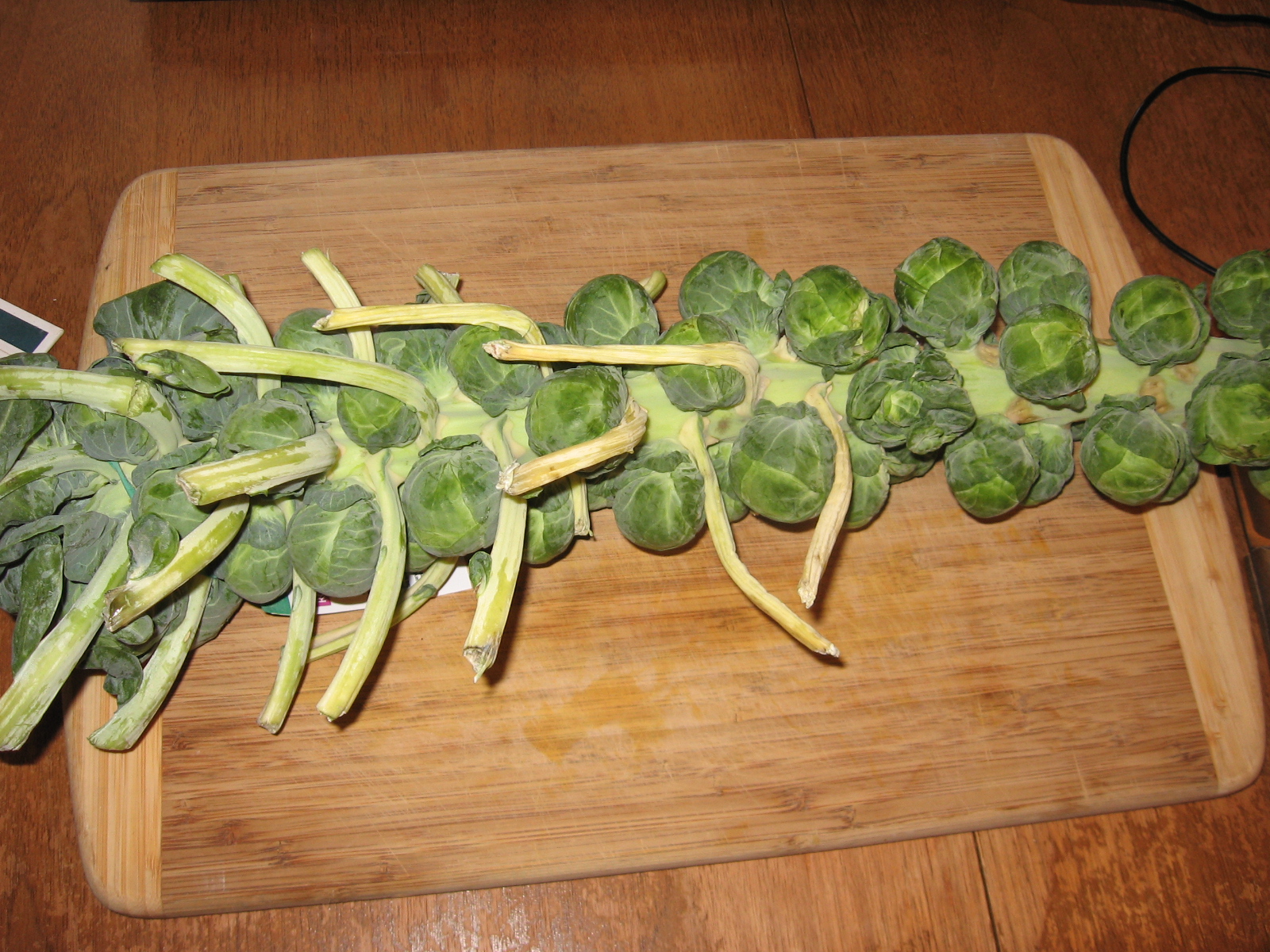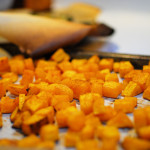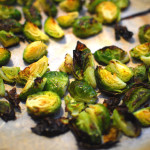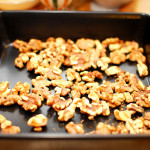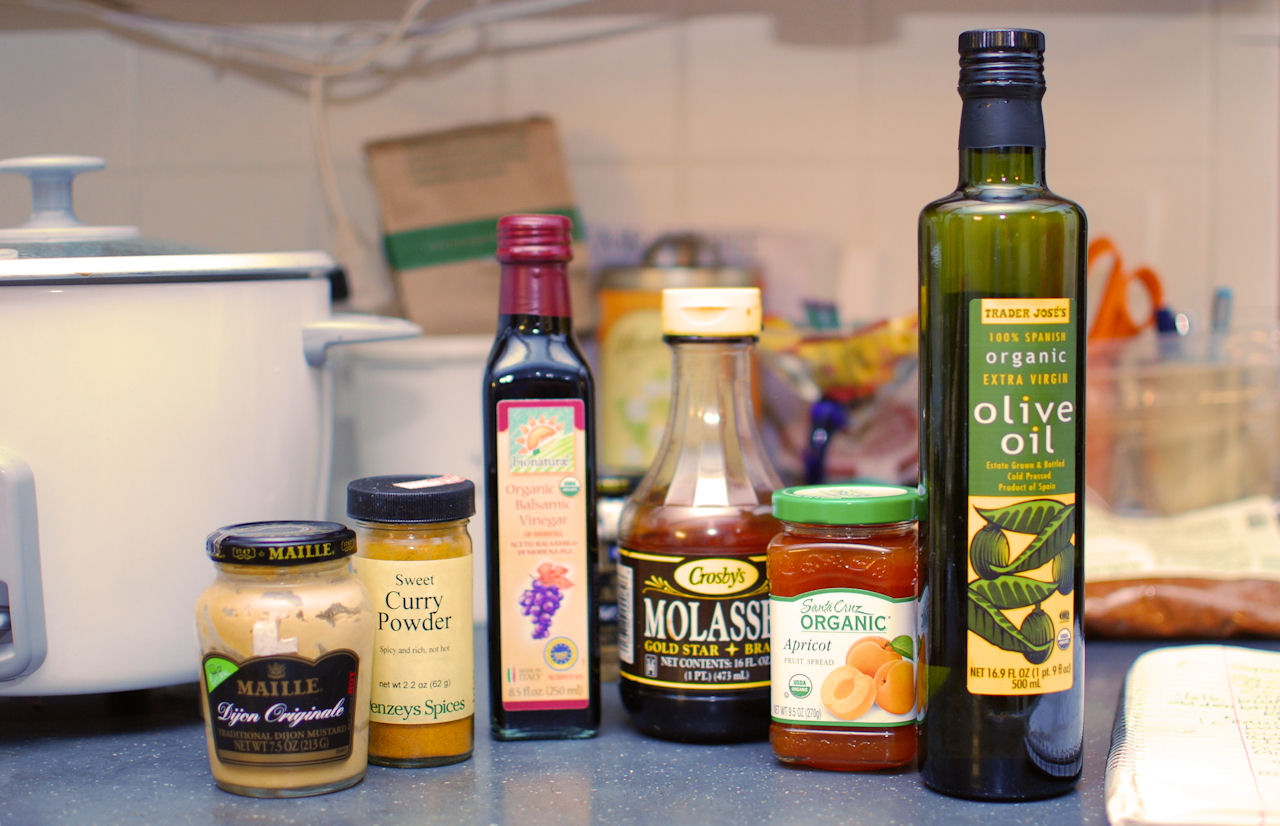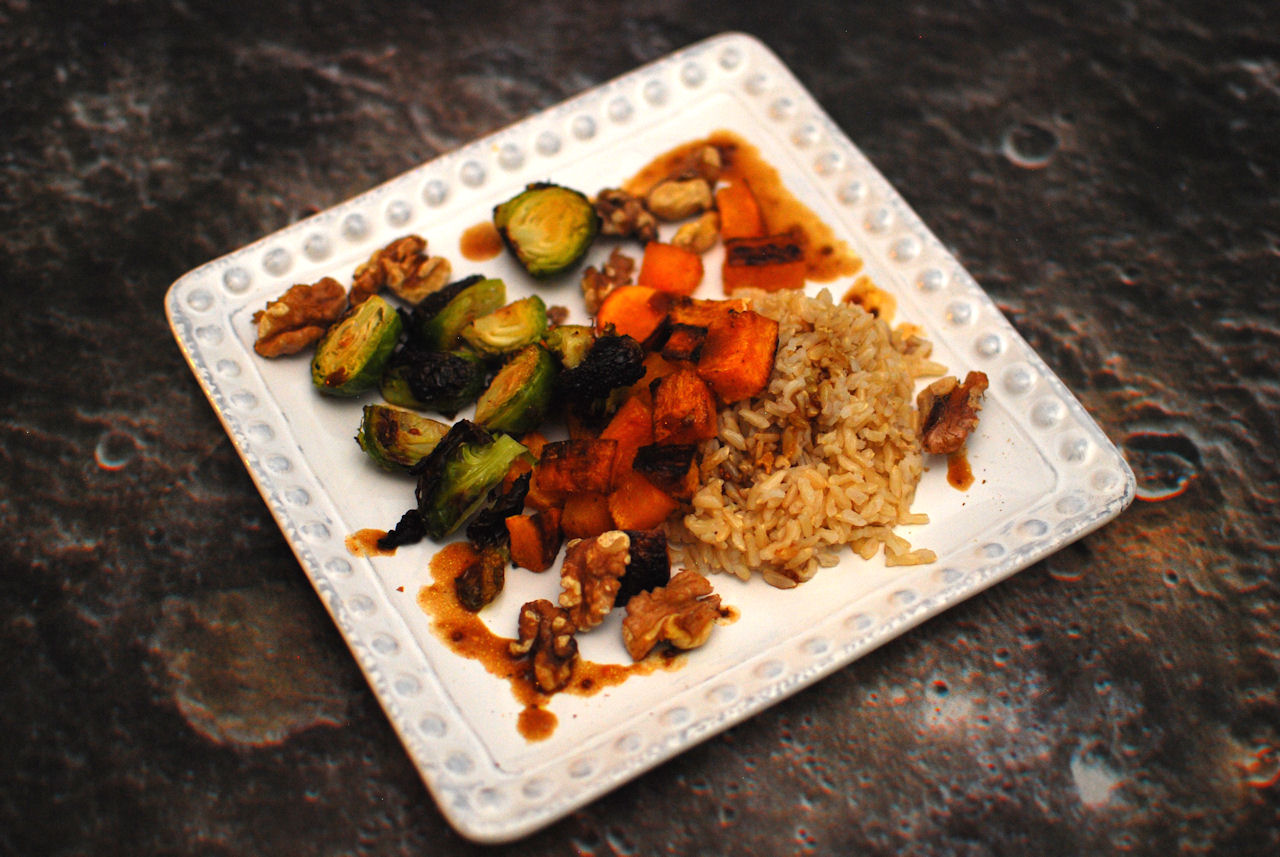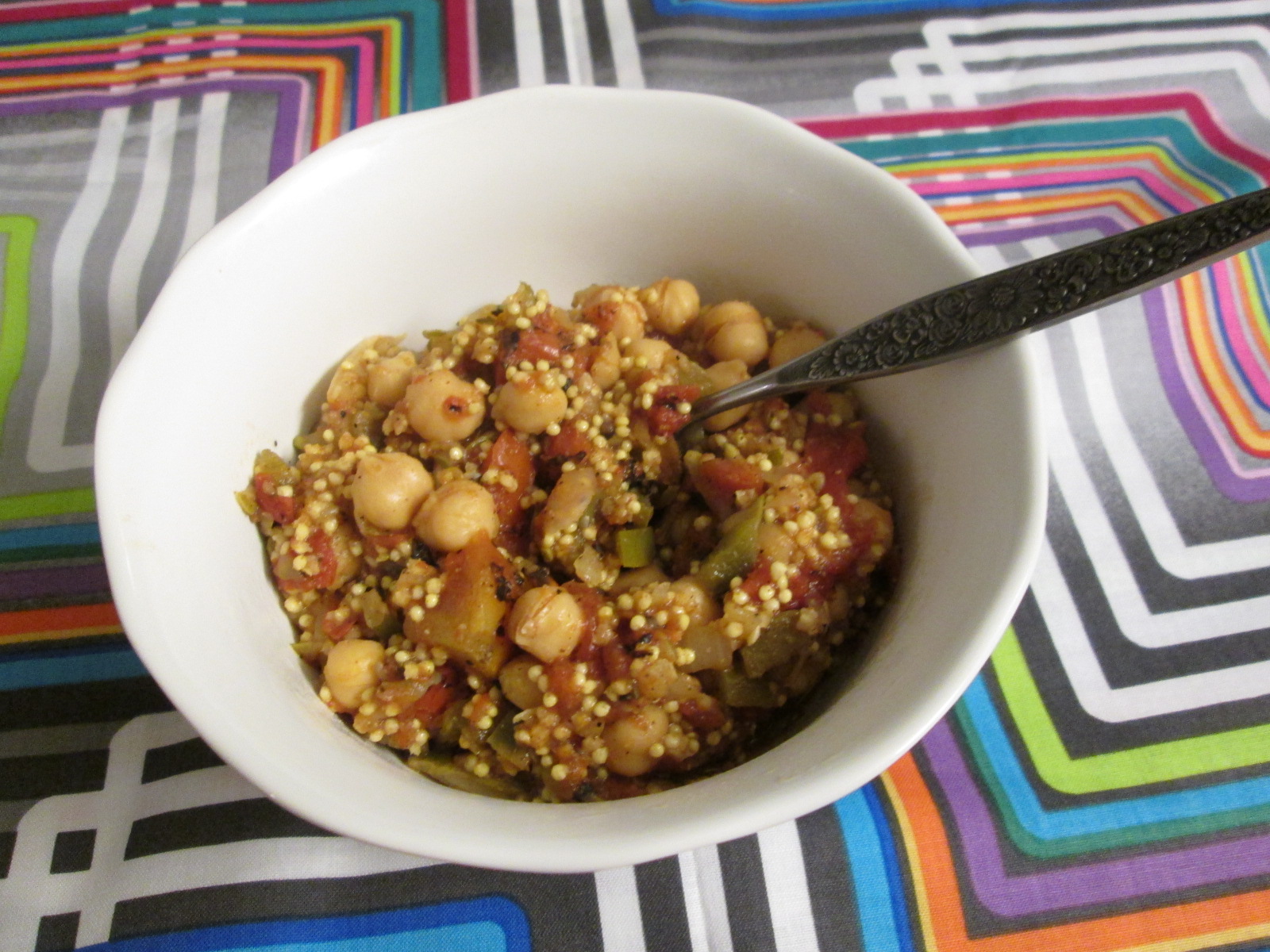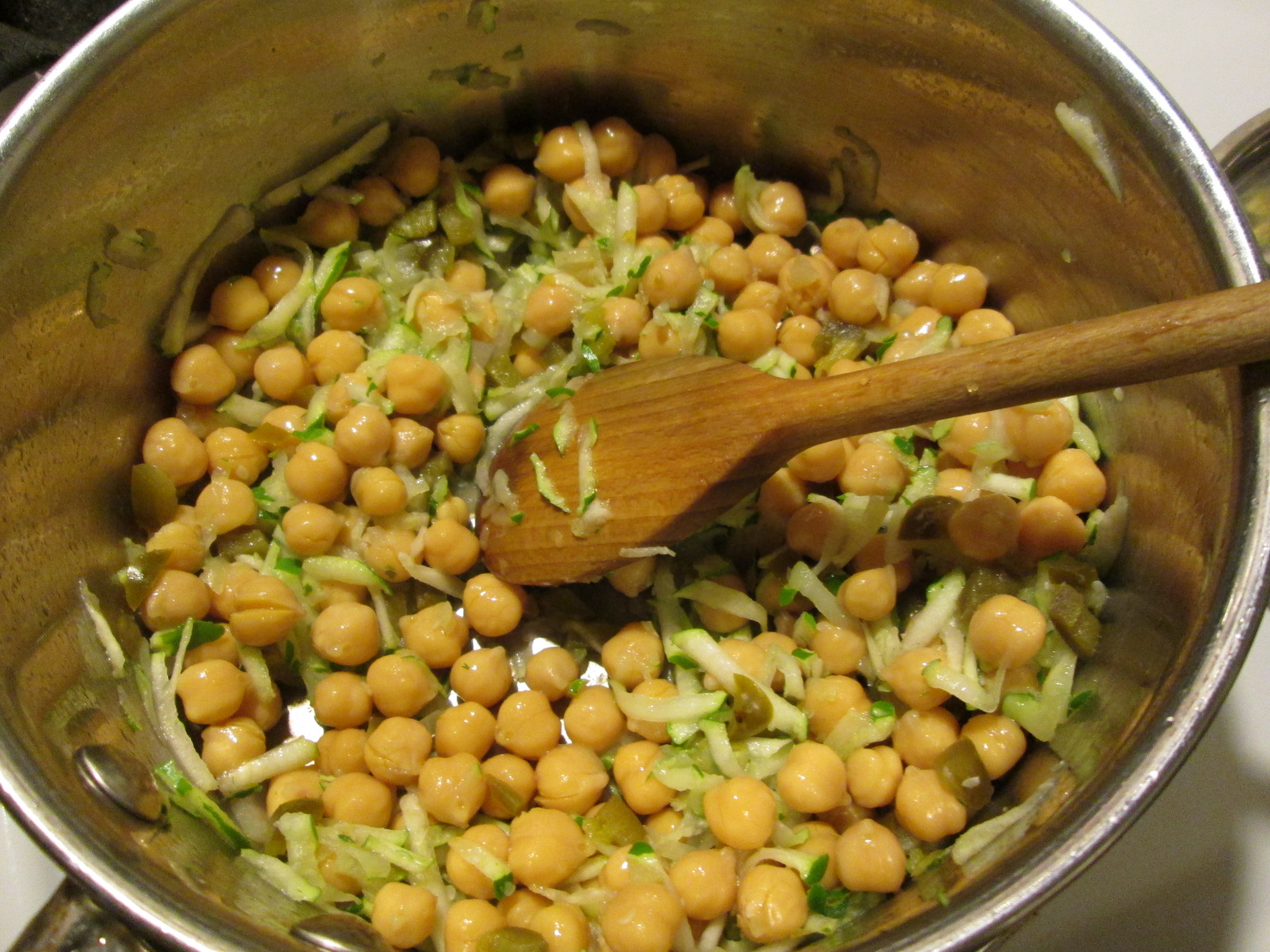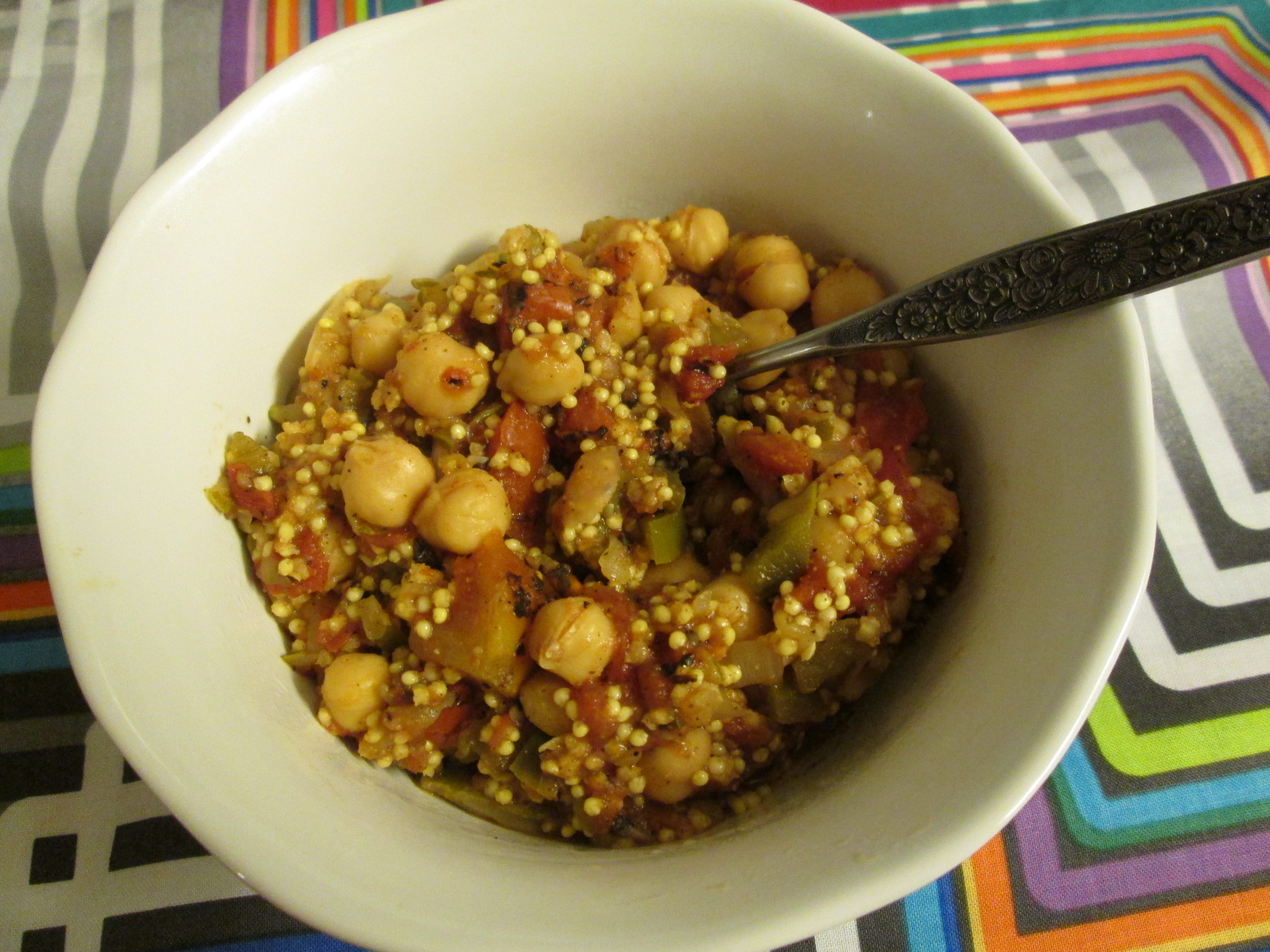
During the holidays, I fully explored that cookie obsession that was in evidence in all of our Friday posts. Overall? They weren’t too bad, though the results were a little mixed. Turns out that parchment paper is an amazing invention that no gluten-free baker should be without, and keeping the dough cold is important. Also, I’m pretty bad at rolling out dough. Luckily, I had help.
But because gluten-free baked goods don’t last as long as other baked goods (they dry out and/or mold rather quickly), I ate. And ate, and ate, and ate. Mmmmm, cookies. ALL the cookies. Thing is that sugar, when consumed in great quantities for a week or so, makes me crave vegetables, and this time around, particularly spinach. Mostly, I eat a little spinach salad here and there, or I saute it with garlic, and I’m frankly bored with both. I was planning to make tacos, but since I had the spinach, taco salad seemed the thing to do. The hot topping balances out the cold salad part, giving a great balance between wanting the raw spinach and needing hot food for dinner when it’s cold out.
This recipe is perfect for a quick weeknight meal, as it comes together in a matter of maybe 10 minutes. Honestly, it takes as long to assemble the salad as it does to cook the topping, and the salad can incorporate whatever you have around. I’ve written it up as I’ve made it and like it, but you know we’re all about tinkering around here.

Vegan Black Bean Pumpkin Taco Salad
Makes 2 large, meal-sized salads
For the cooked taco topping:
- 1 Tablespoon oil (I’ve been using safflower)
- 1/2 cup chopped onion (this is where having extra chopped onion in the freezer is really a time-saver)
- 1 Tablespoon of taco, Mexican, or southwest-style seasoning mix (I used Arizona Dreaming)
- 1/2 can (8 oz.) canned pumpkin (I am pretty sure that mashed butternut squash or sweet potatoes would also work well here — let me know if you try it)
- 1 can (15 oz) black beans, drained and rinsed well
Heat a saucepan over medium heat. When hot, add the onion and cook, stirring occasionally, until translucent. Add the seasoning, and stir well into the oil and onions. Add the pumpkin, stirring well, and then the black beans. Lower the heat to medium-low, and cook, stirring occasionally, for 5-10 minutes, or until everything is heated through.
Then, make your salad.
- 2 large handfuls of baby spinach, roughly chopped (or salad greens of your choice)
- 1/4 cup of shredded vegan cheddar (optional)
- 1/2 of a Hass avocado, sliced (optional)
- sprouts, if you’ve got them and like them (I do, but optional)
- any other fun salad toppings you might dream up
- 1/4 cup of red salsa (recipes from us here and here, if you want to make your own)
Lay out your spinach, lettuce, or greens on two plates or in large bowls. Top each with half the taco mixture, in several dollops to spread it out over the salad. Add the cheese (if using) and other vegetables or toppings, and pour the salsa on top as a dressing. If you’re using the avocado, I suggest a sprinkle of salt on just that.


